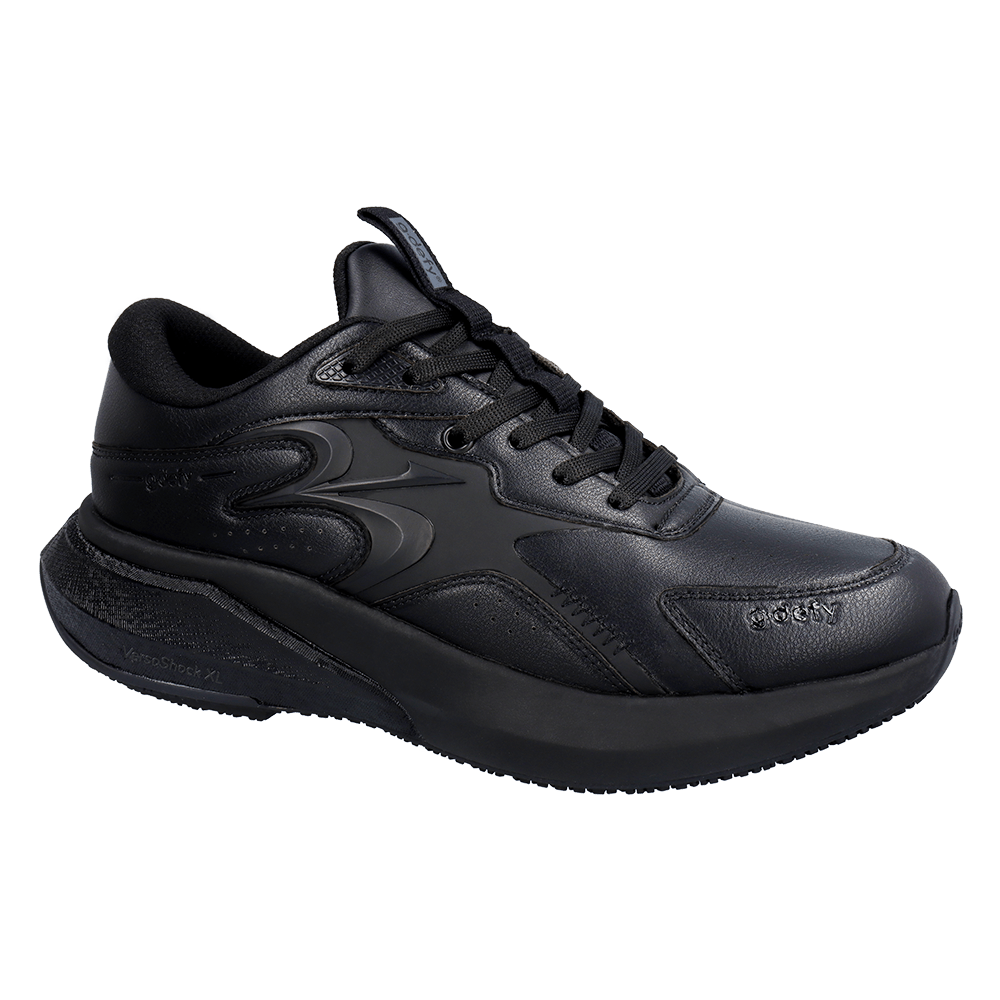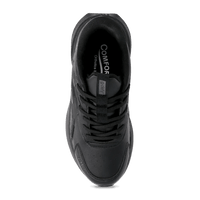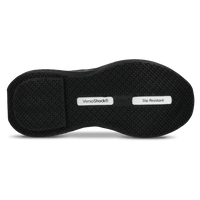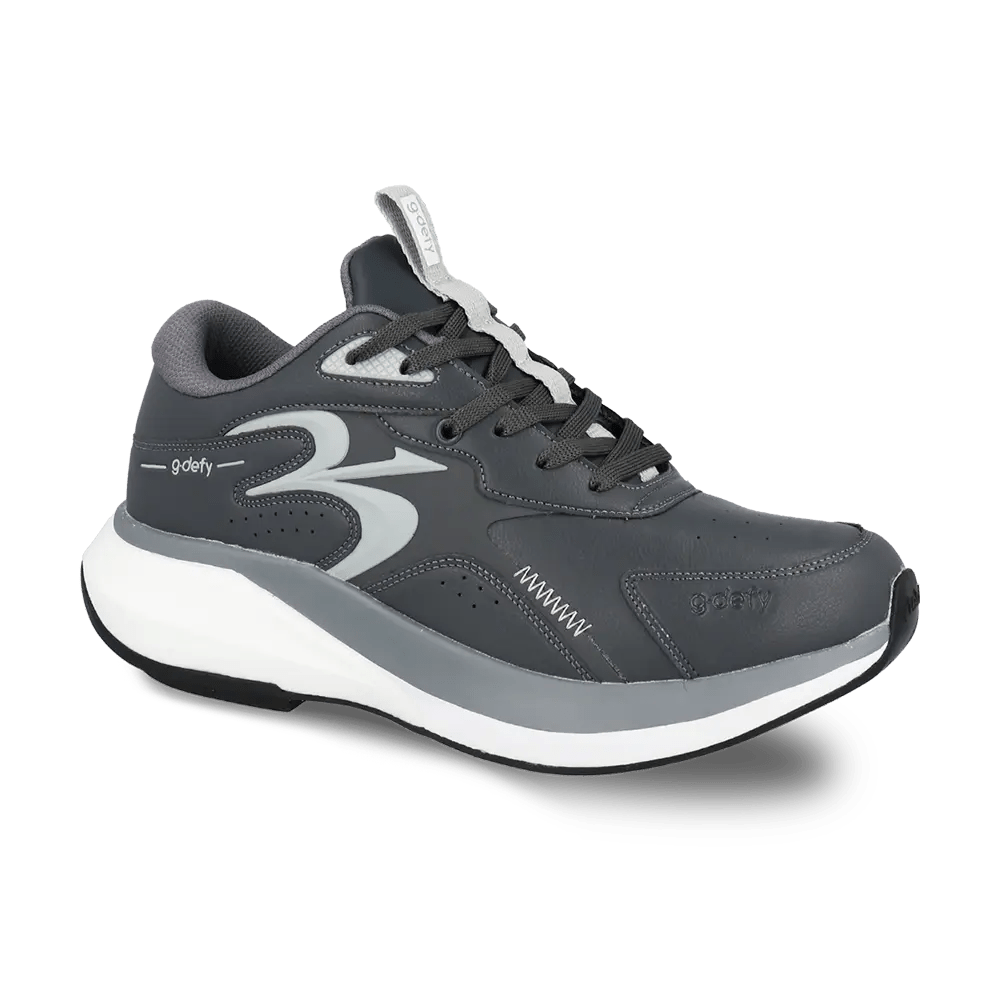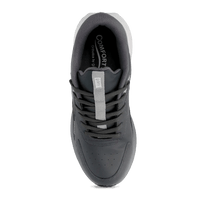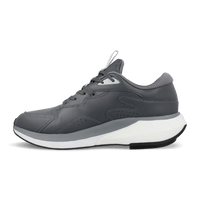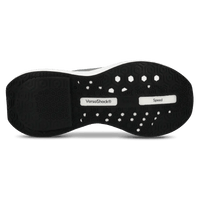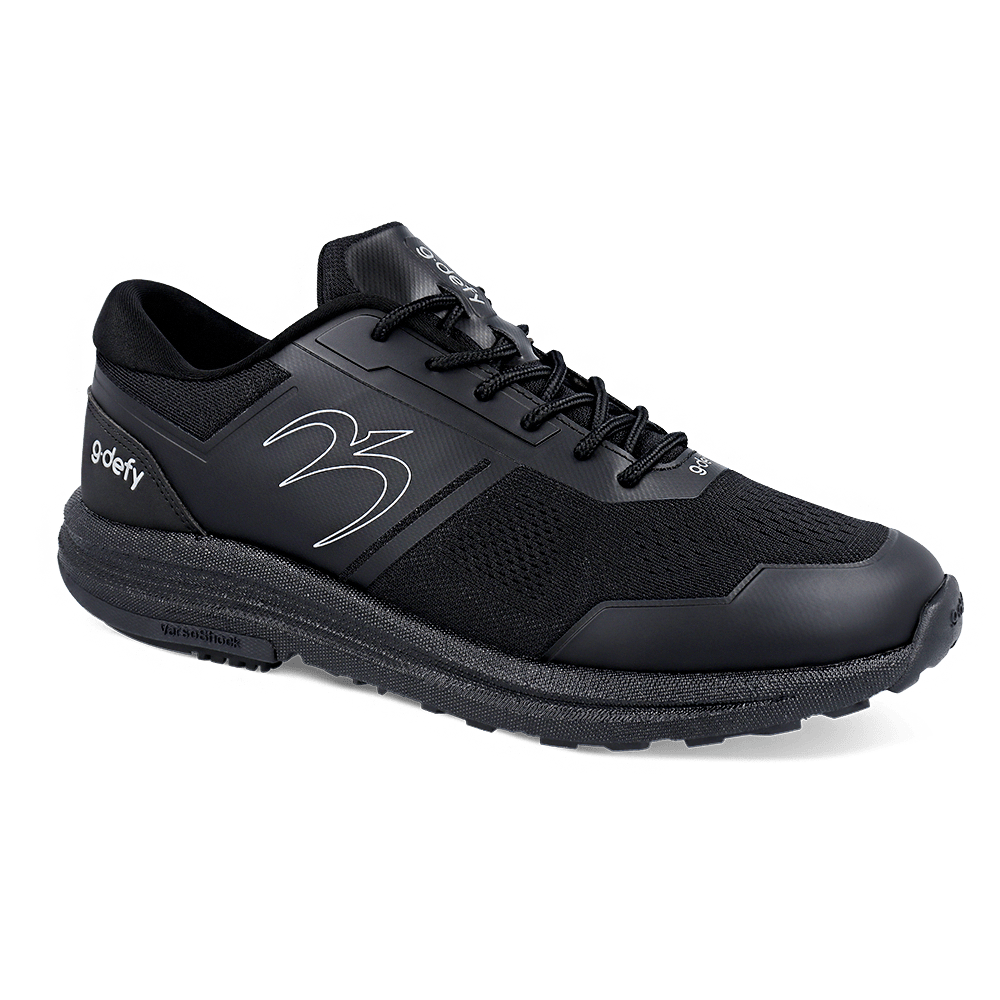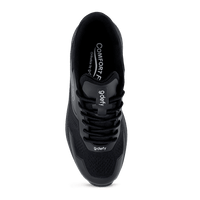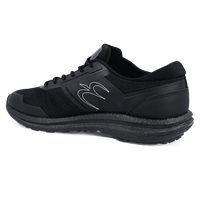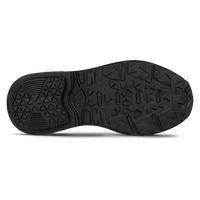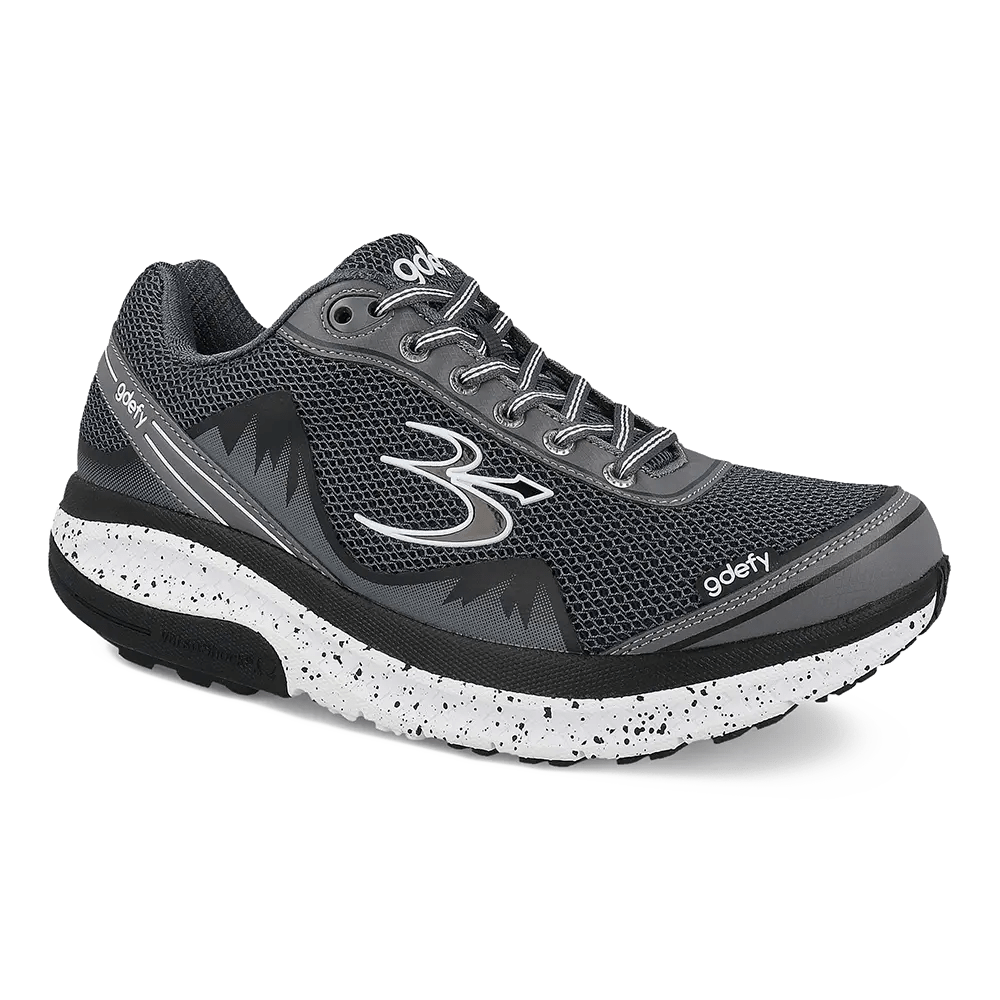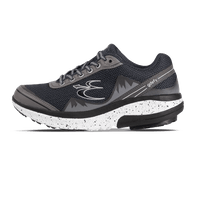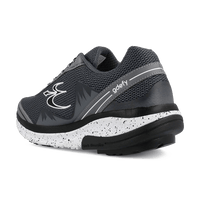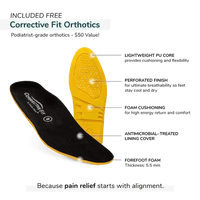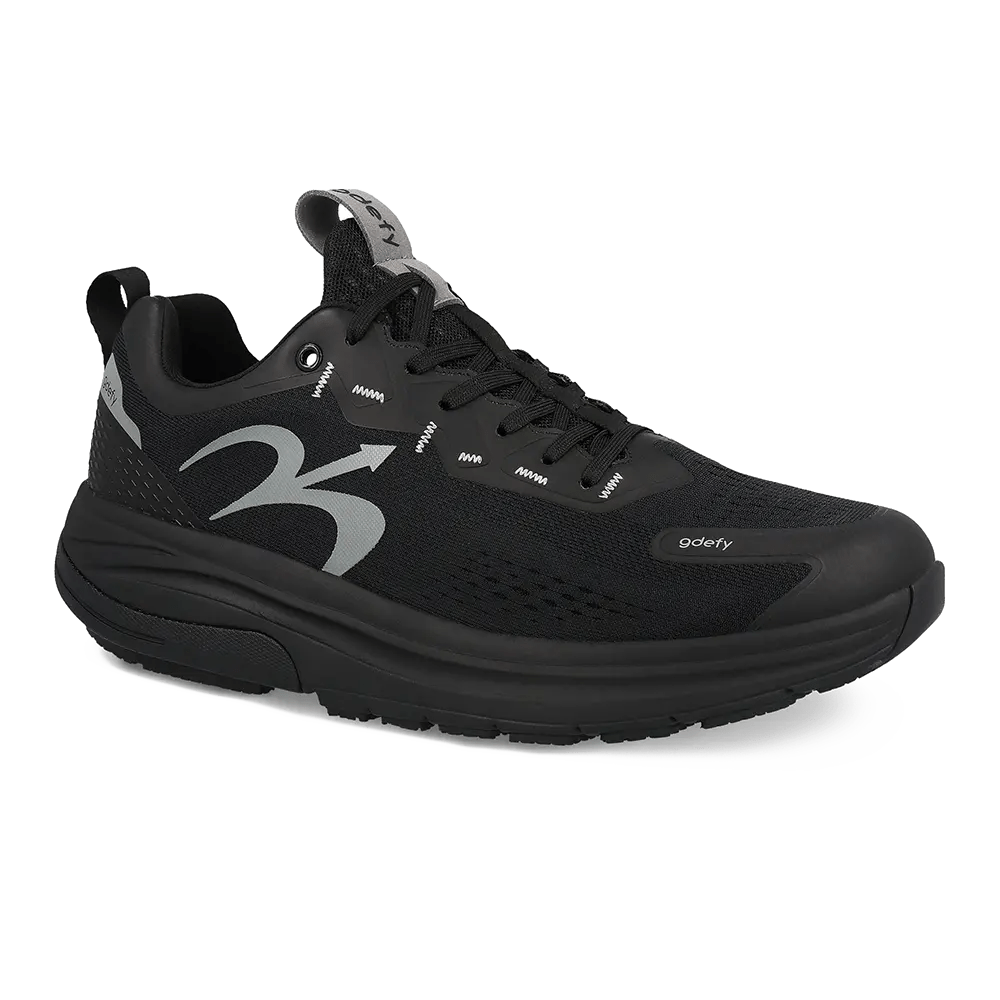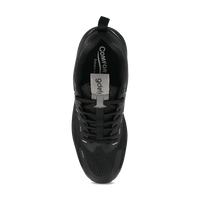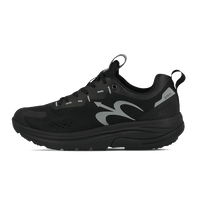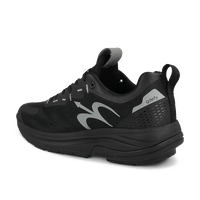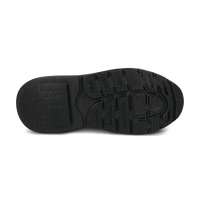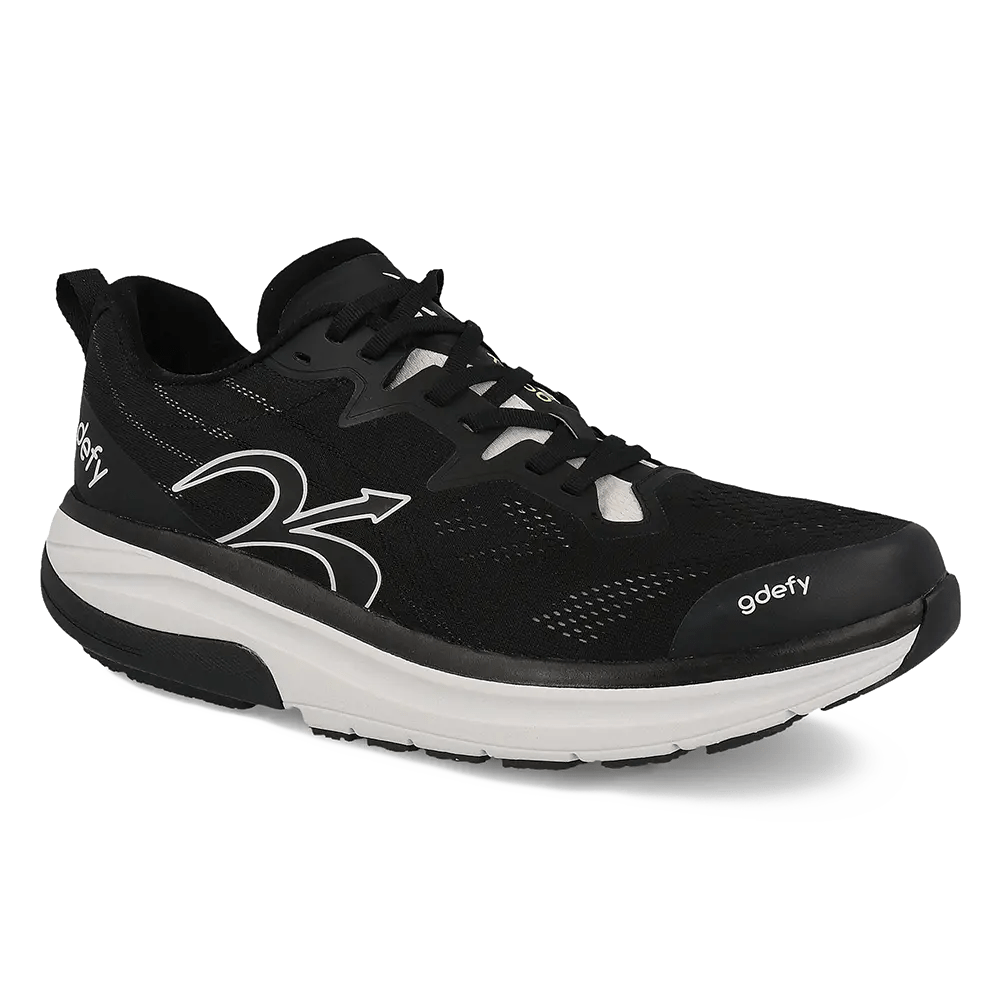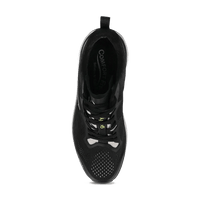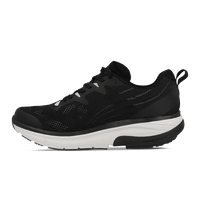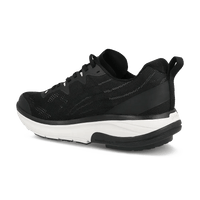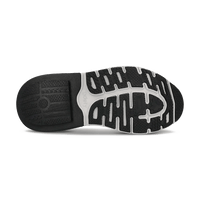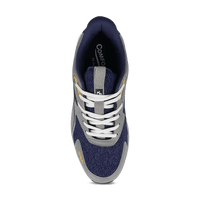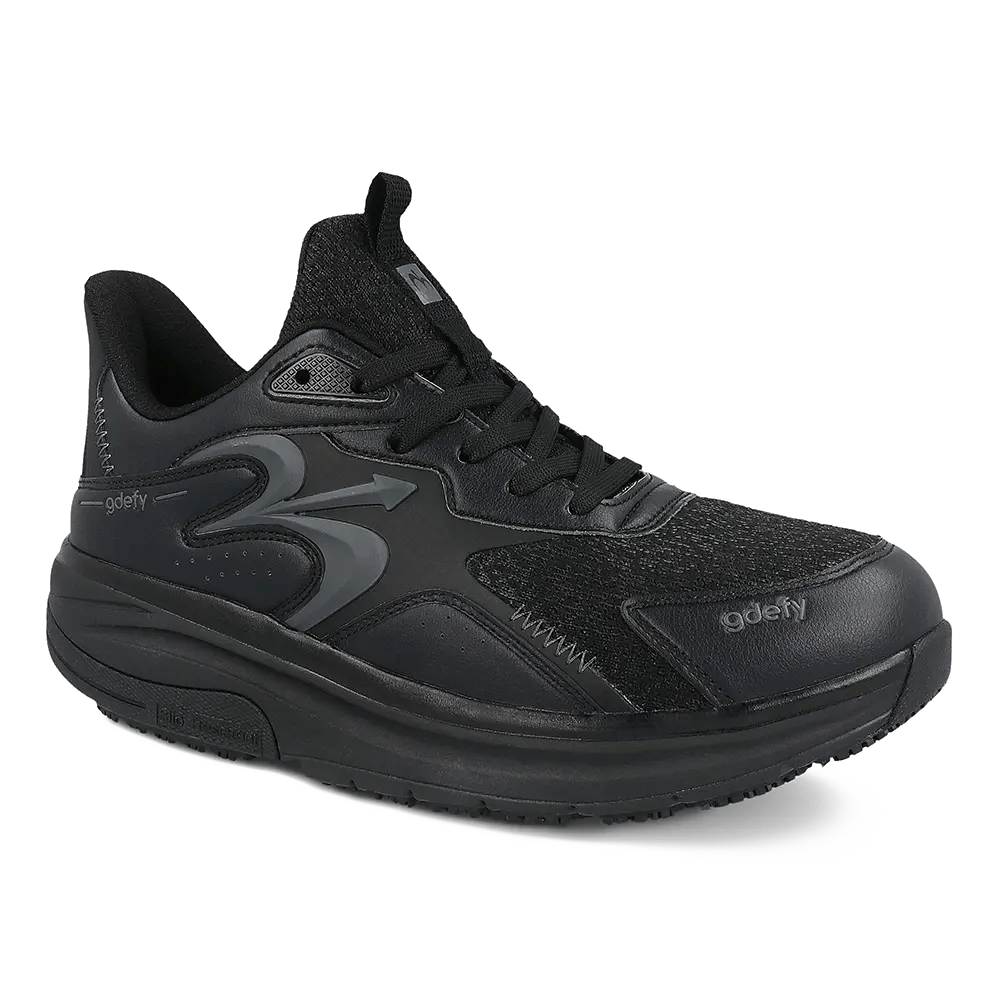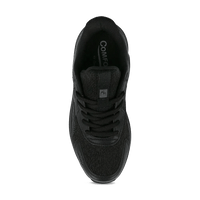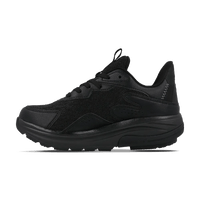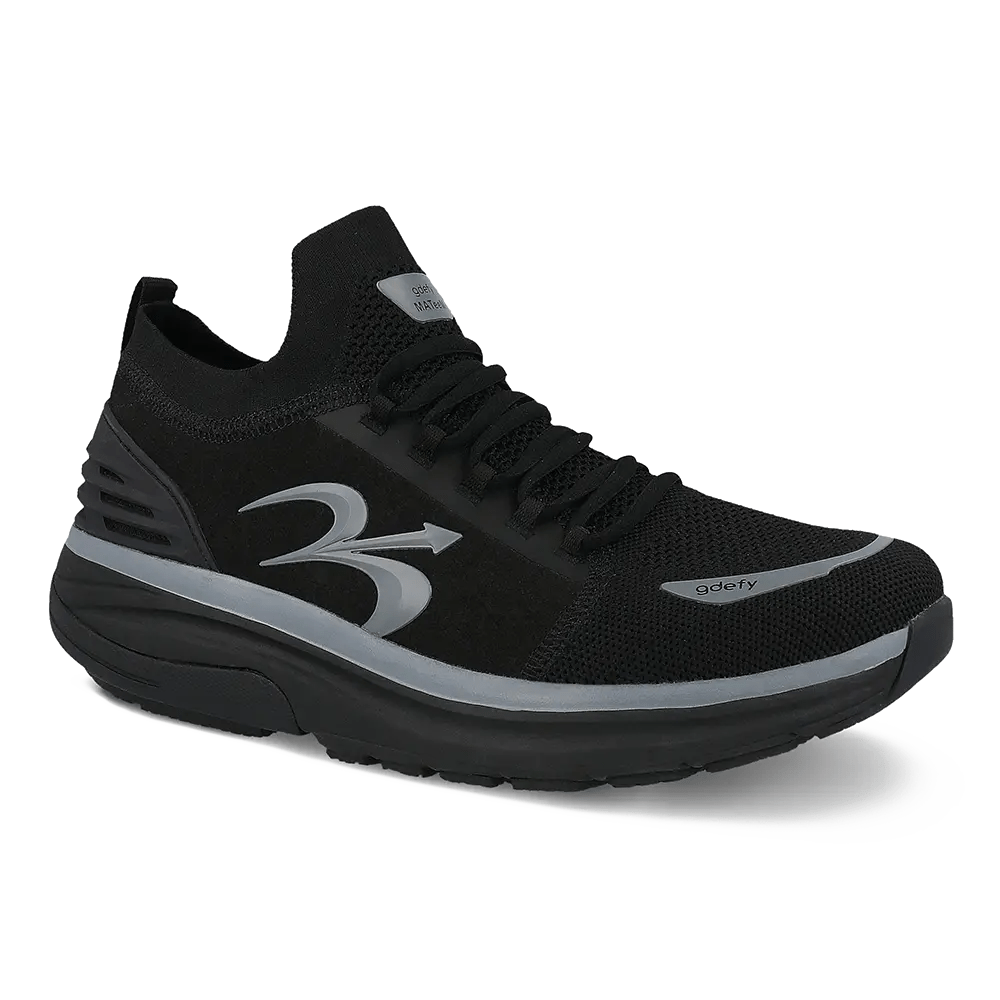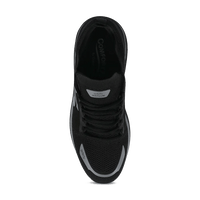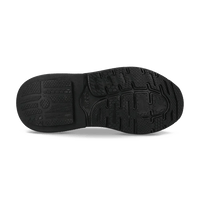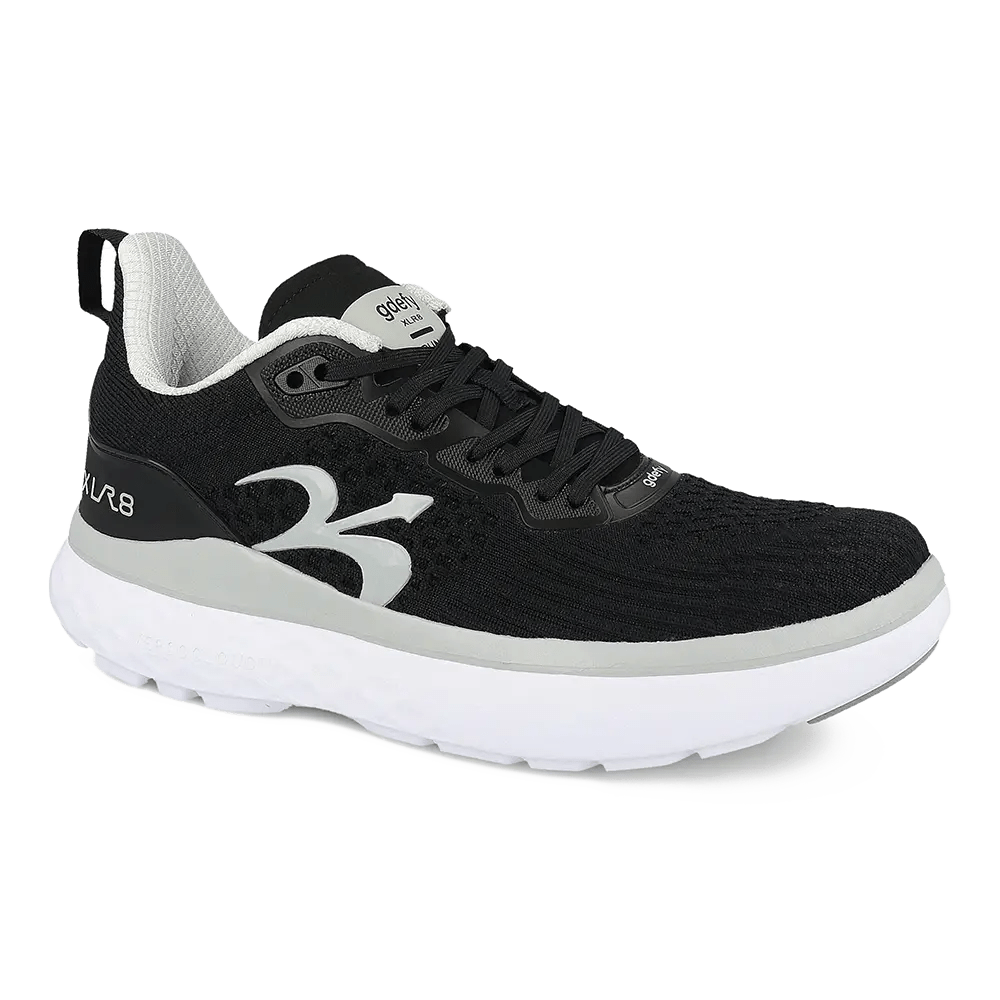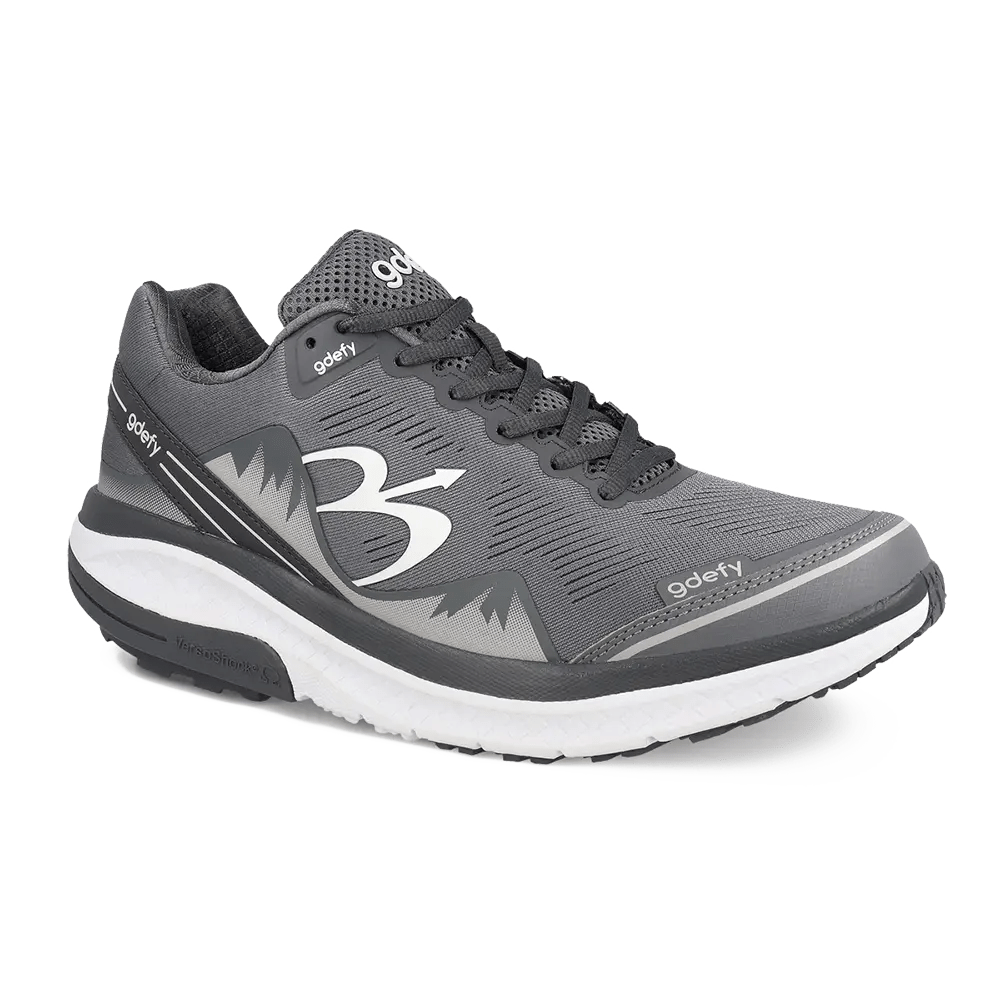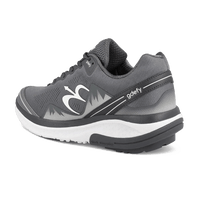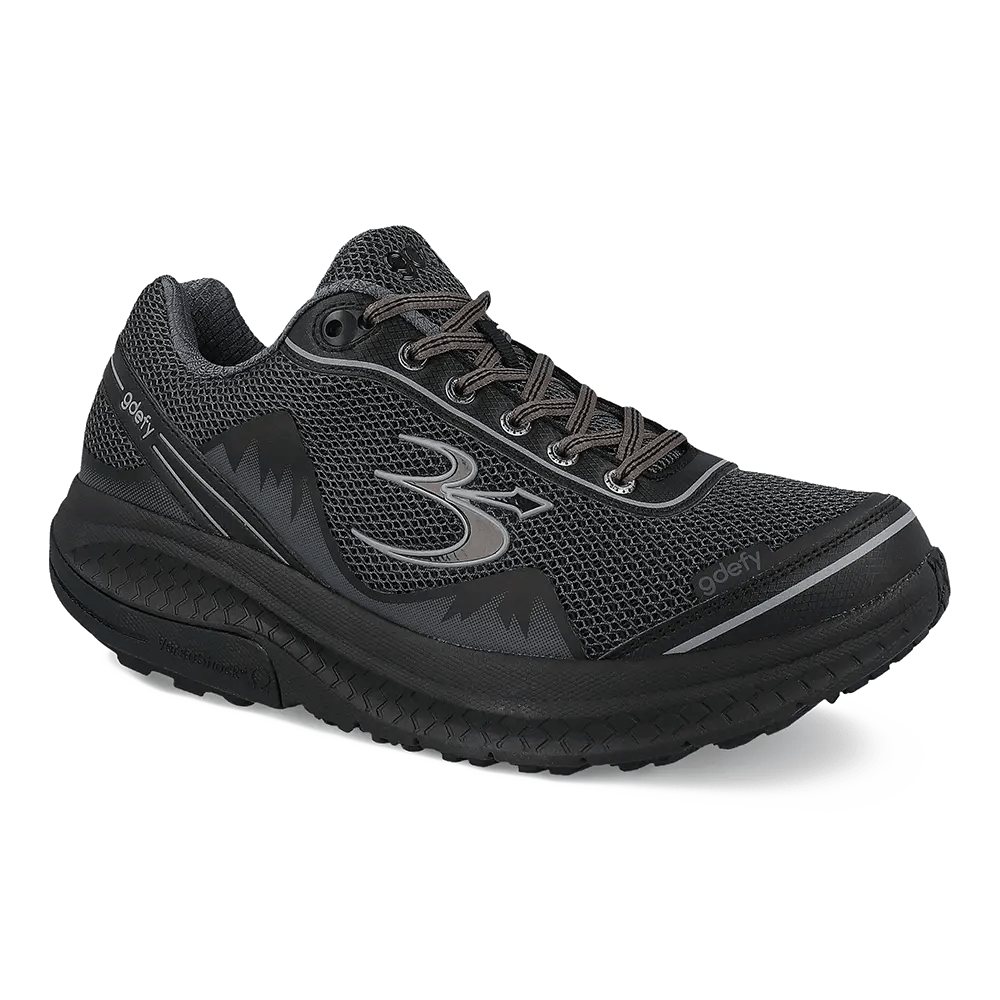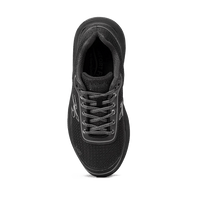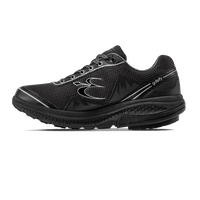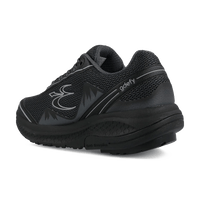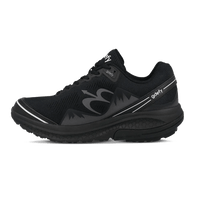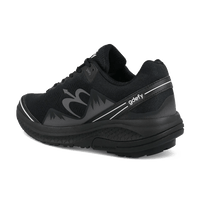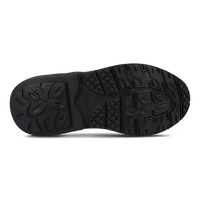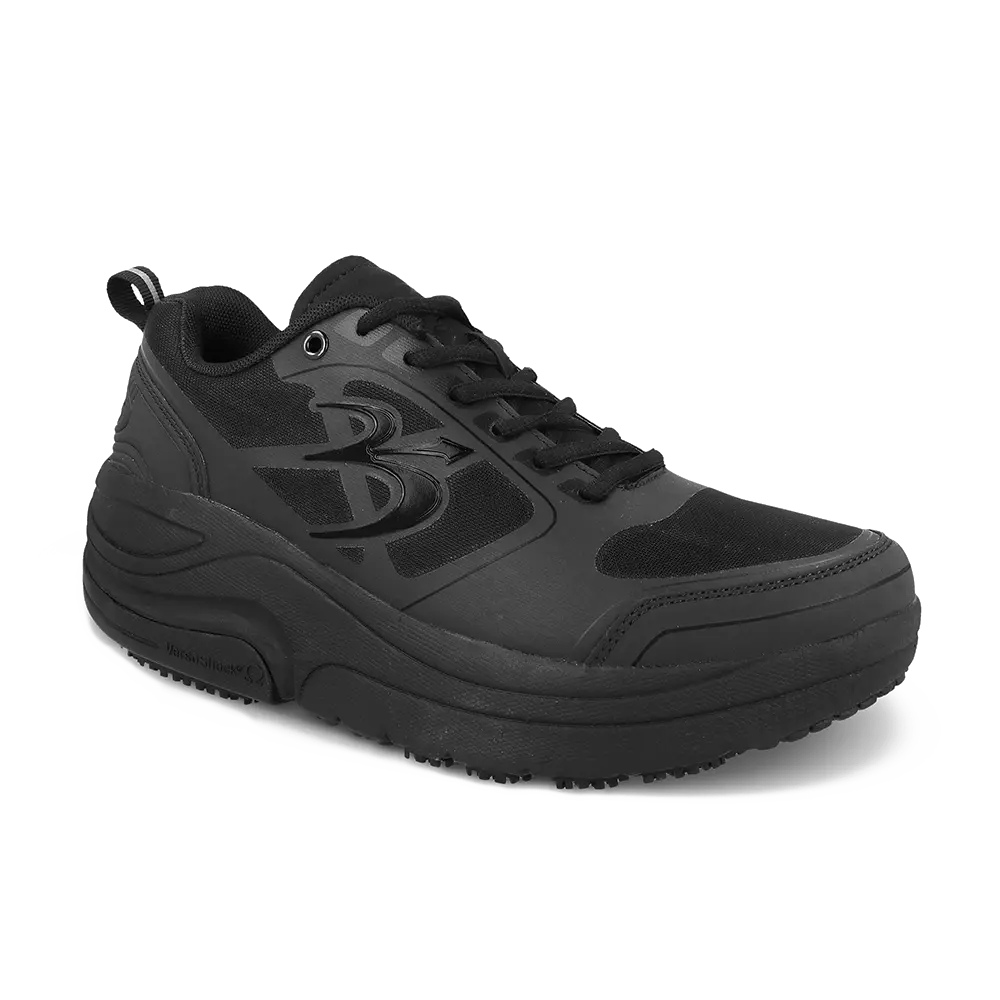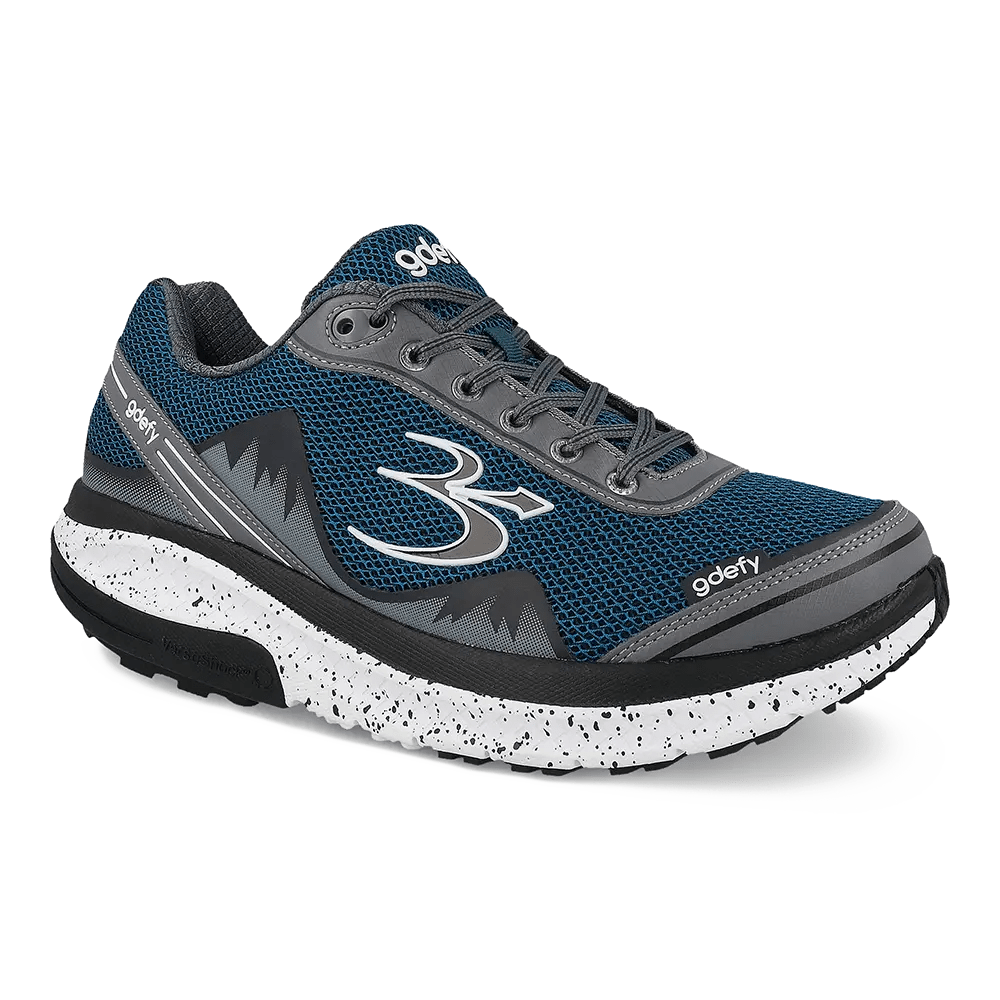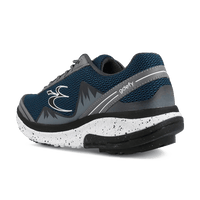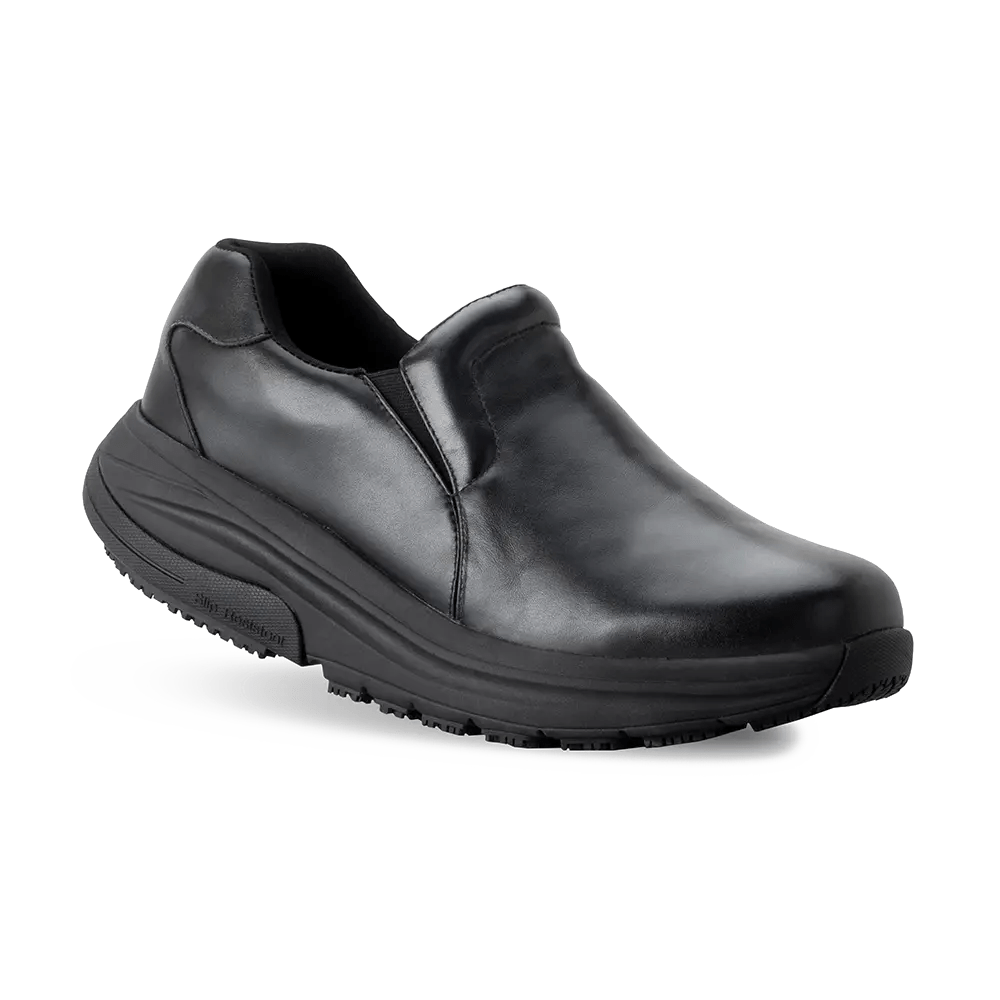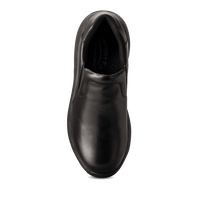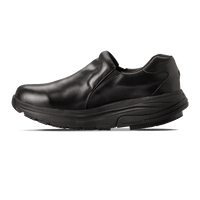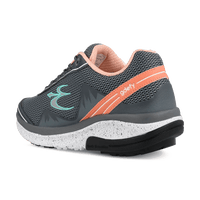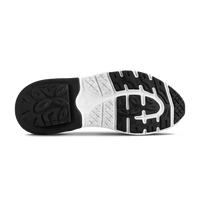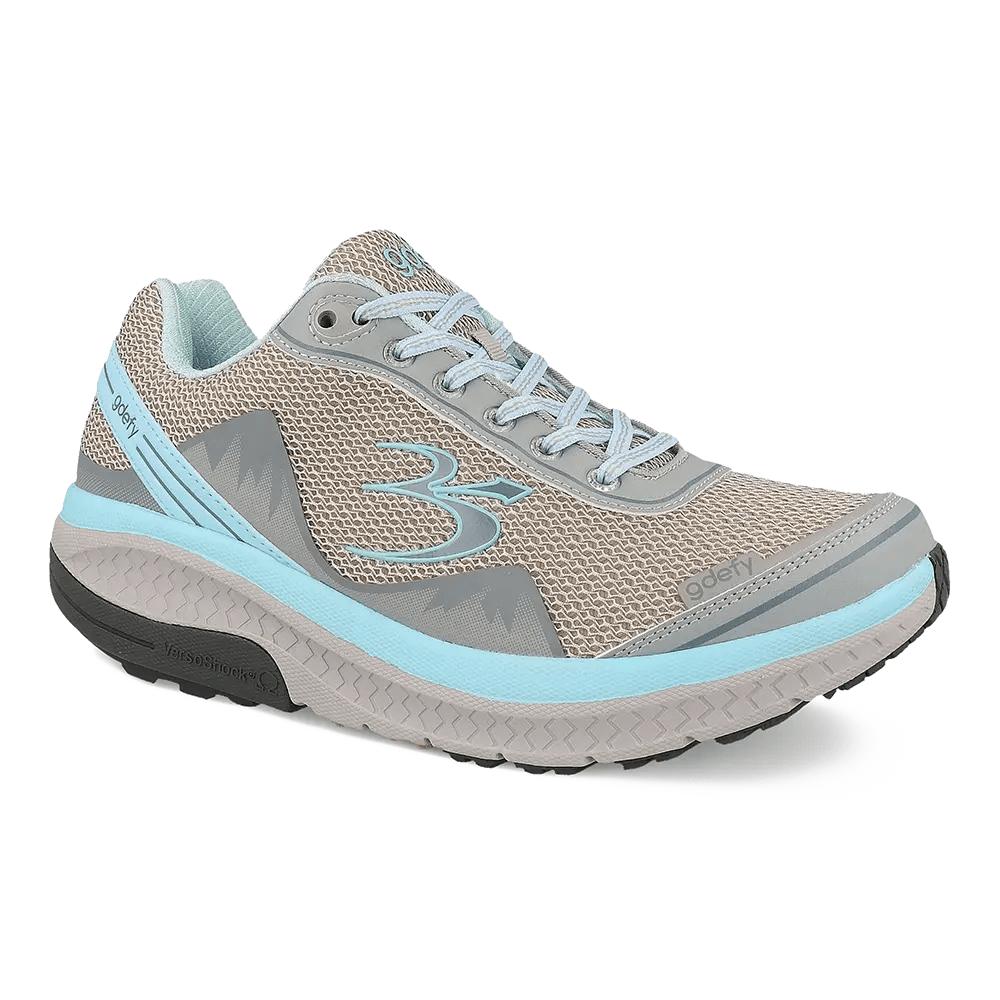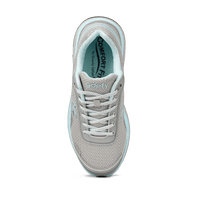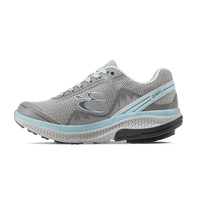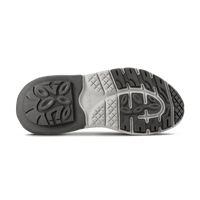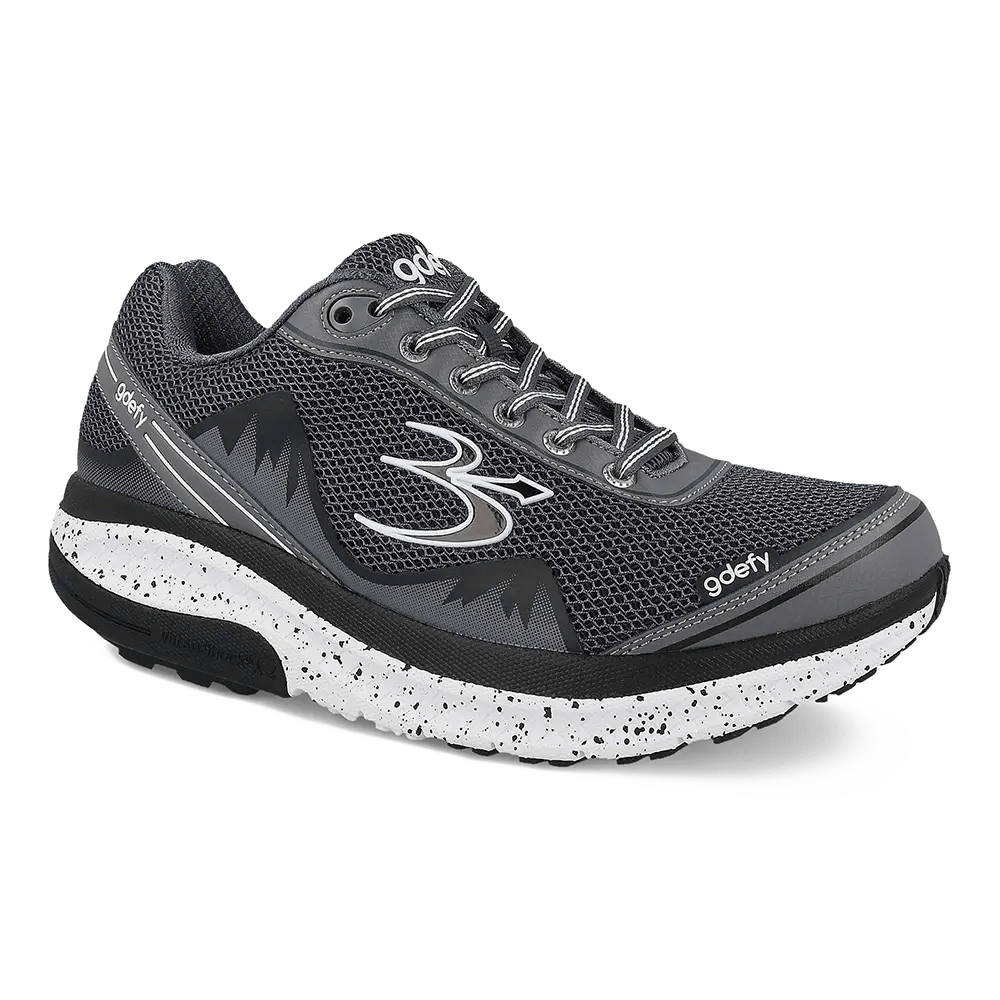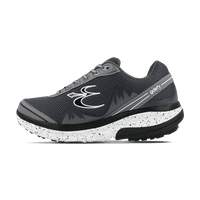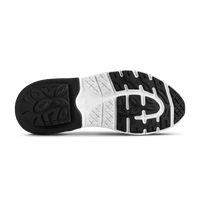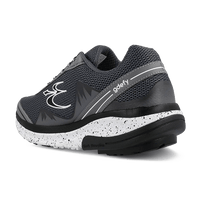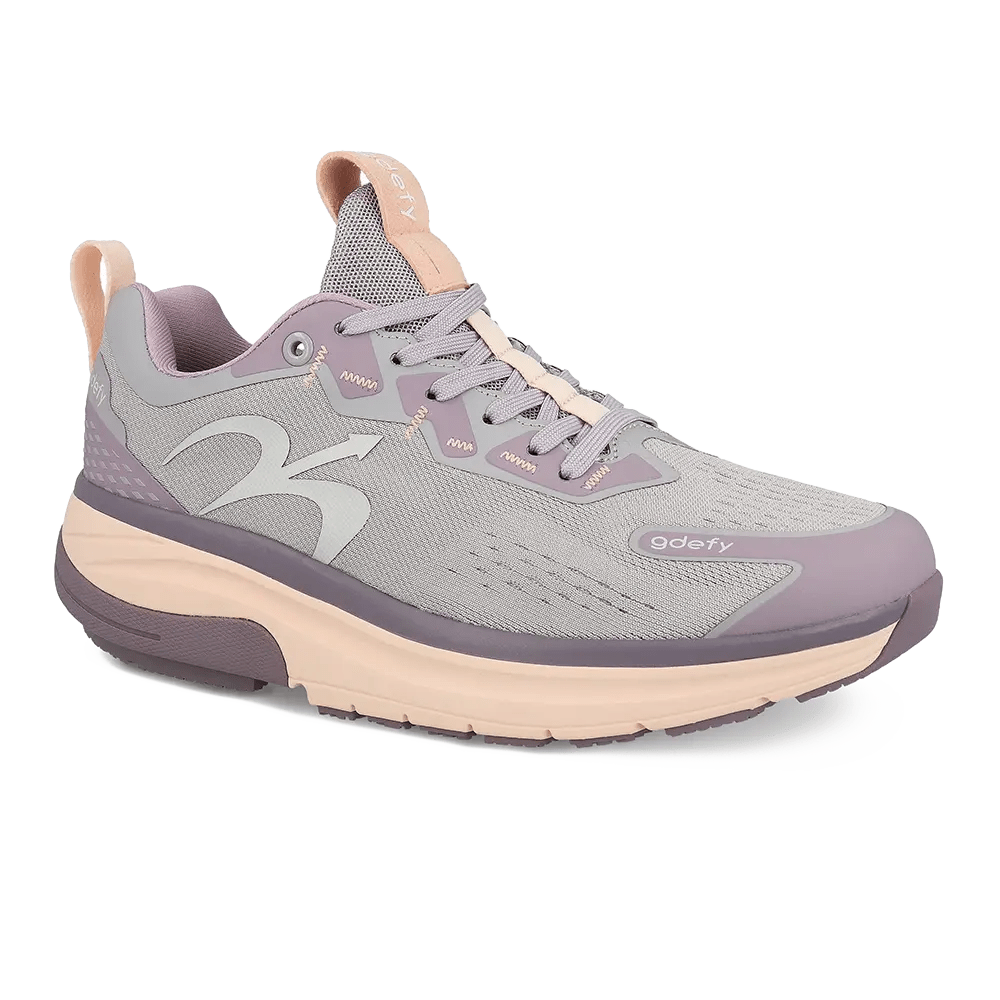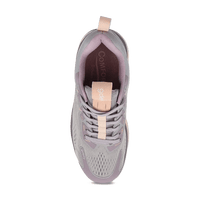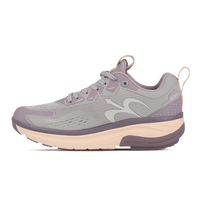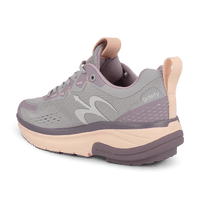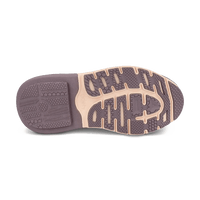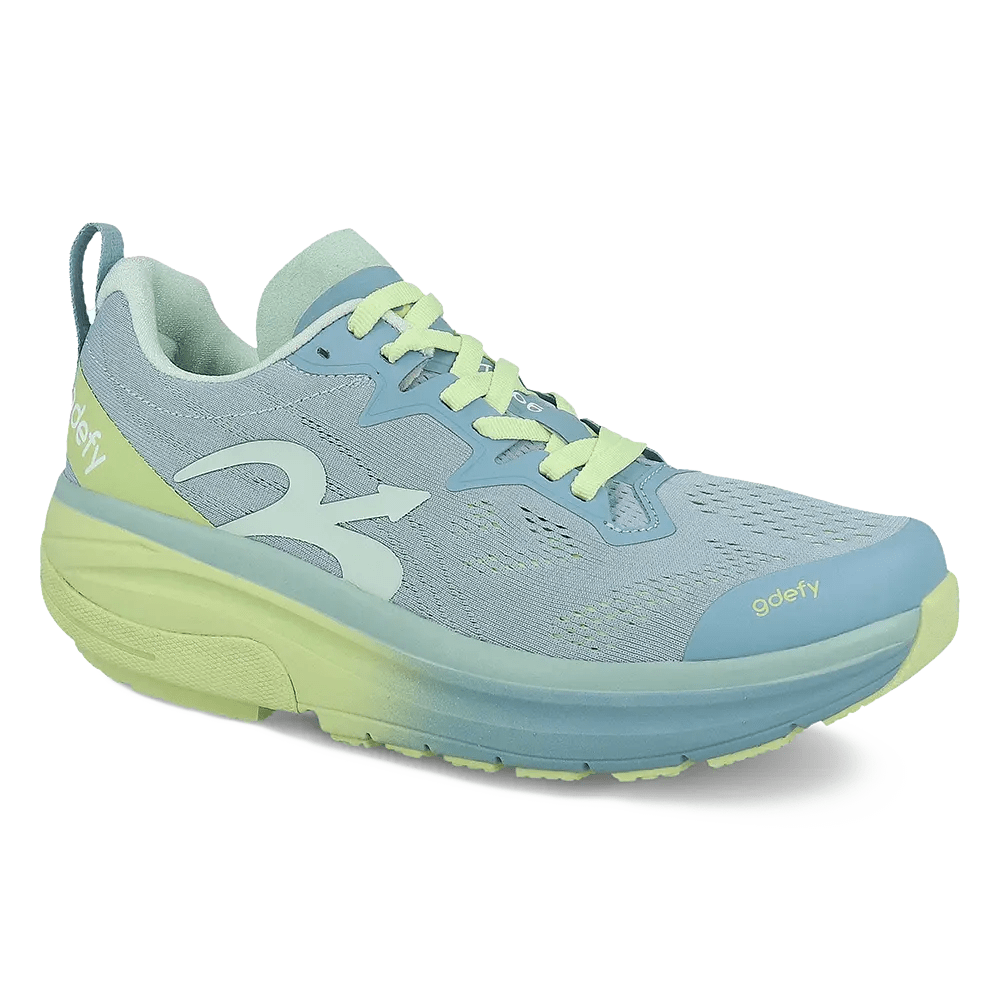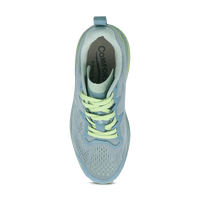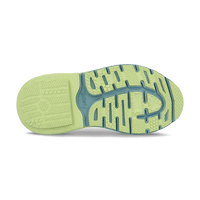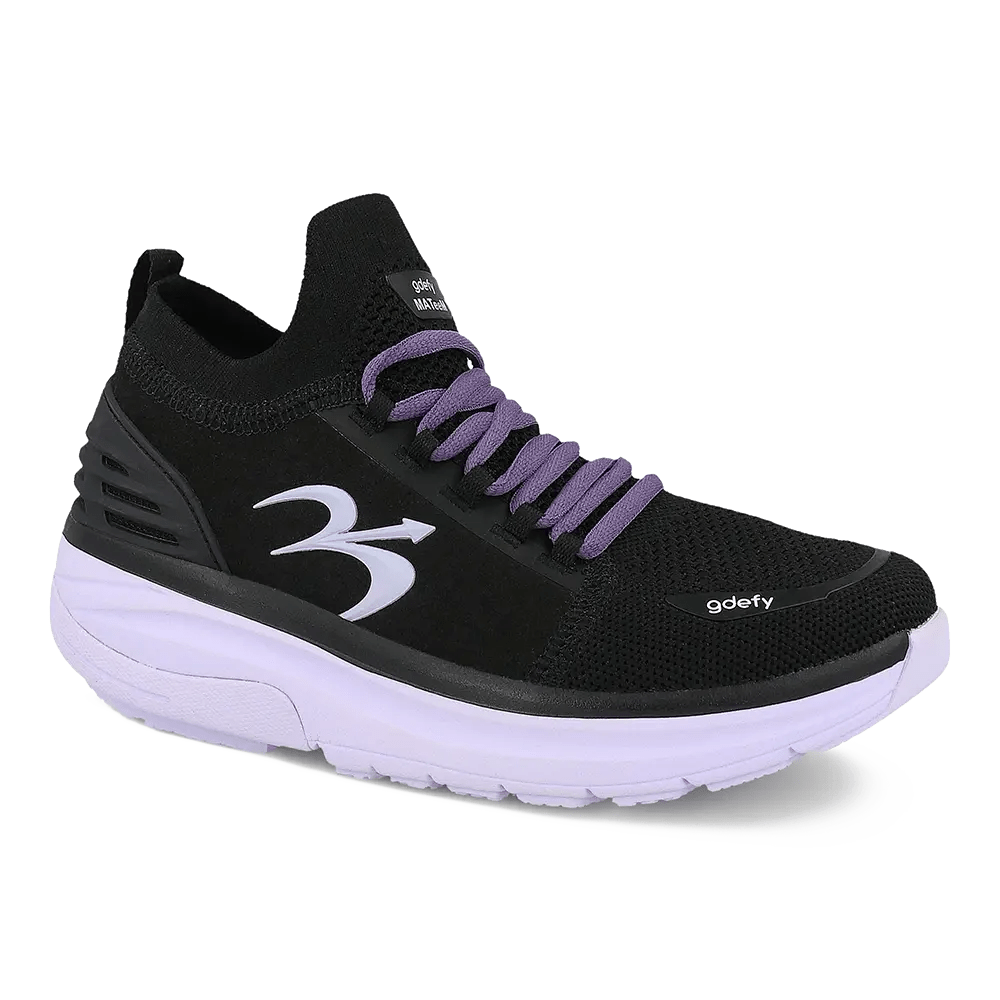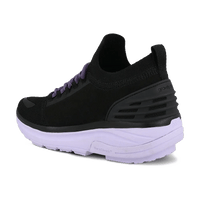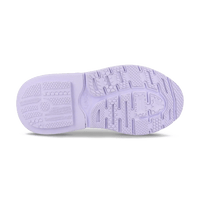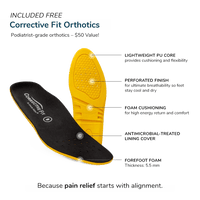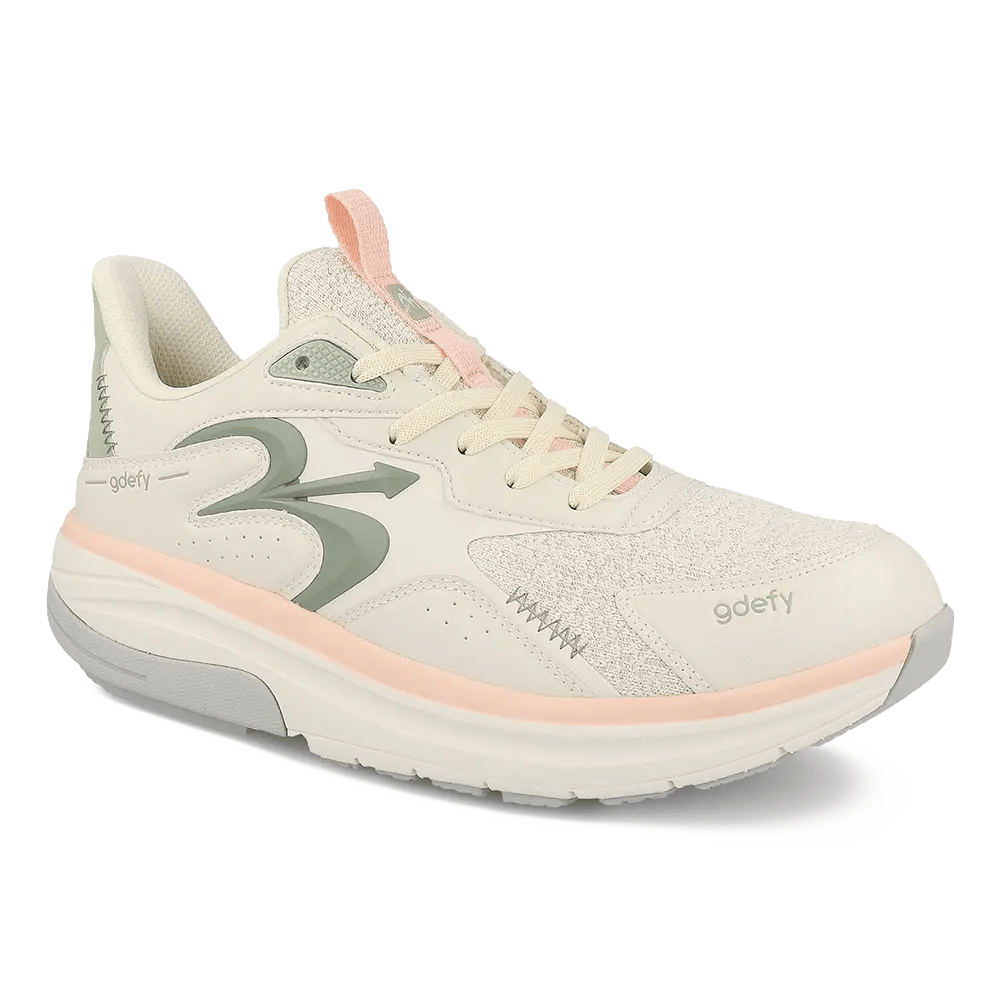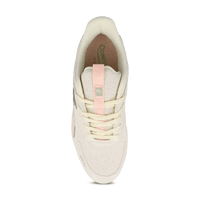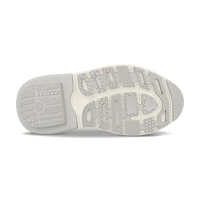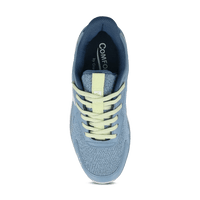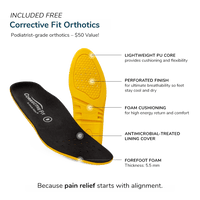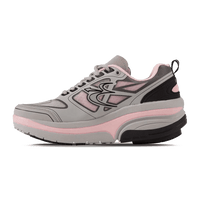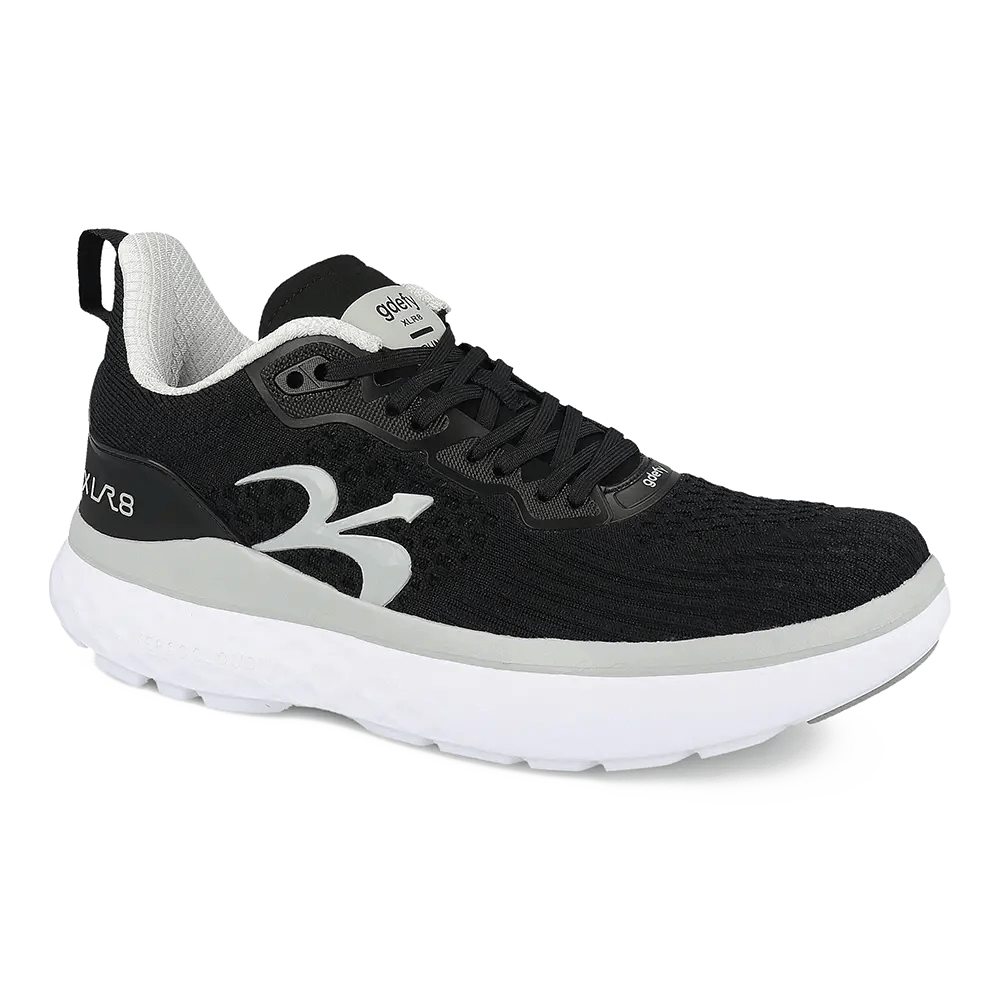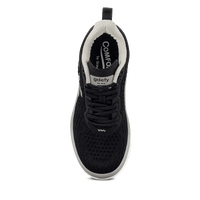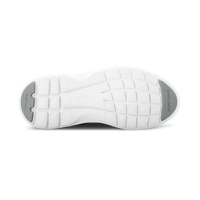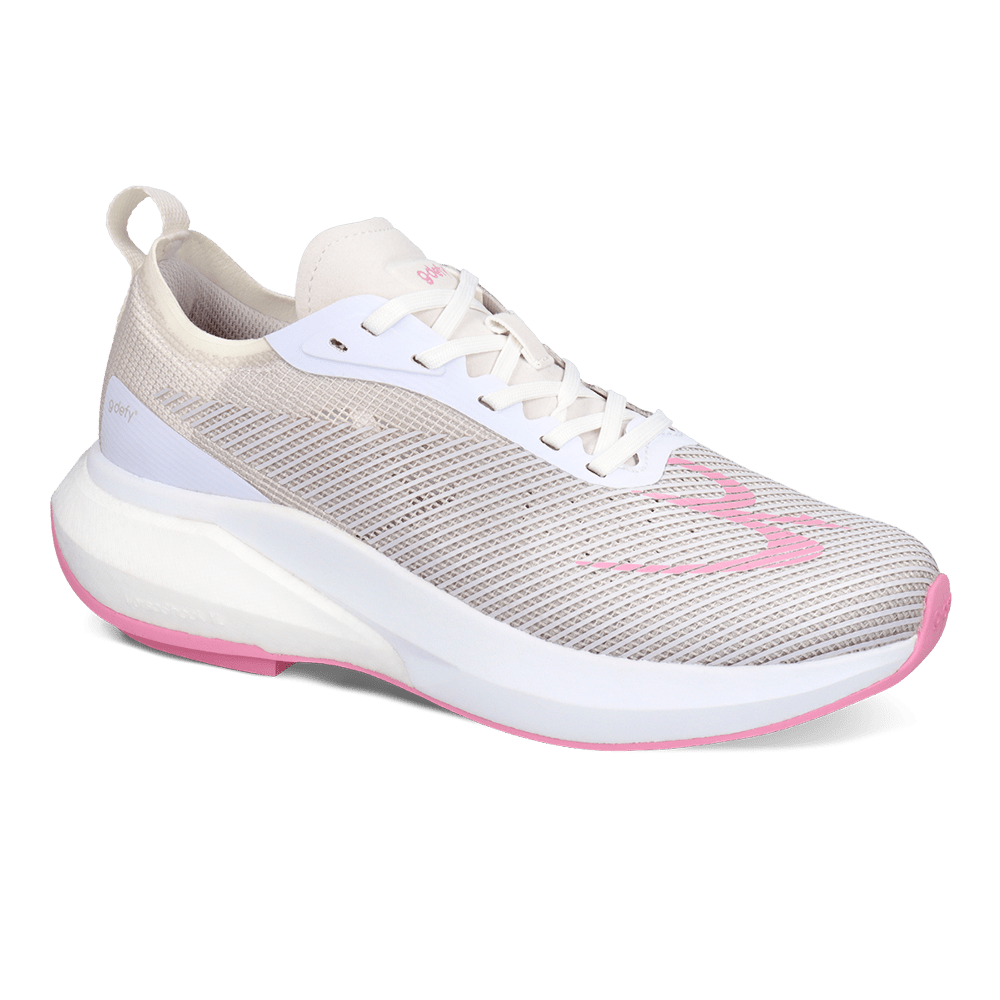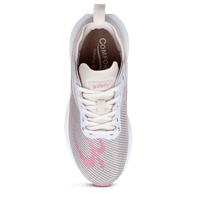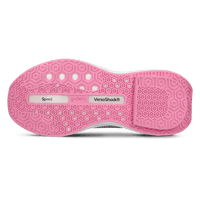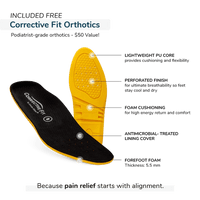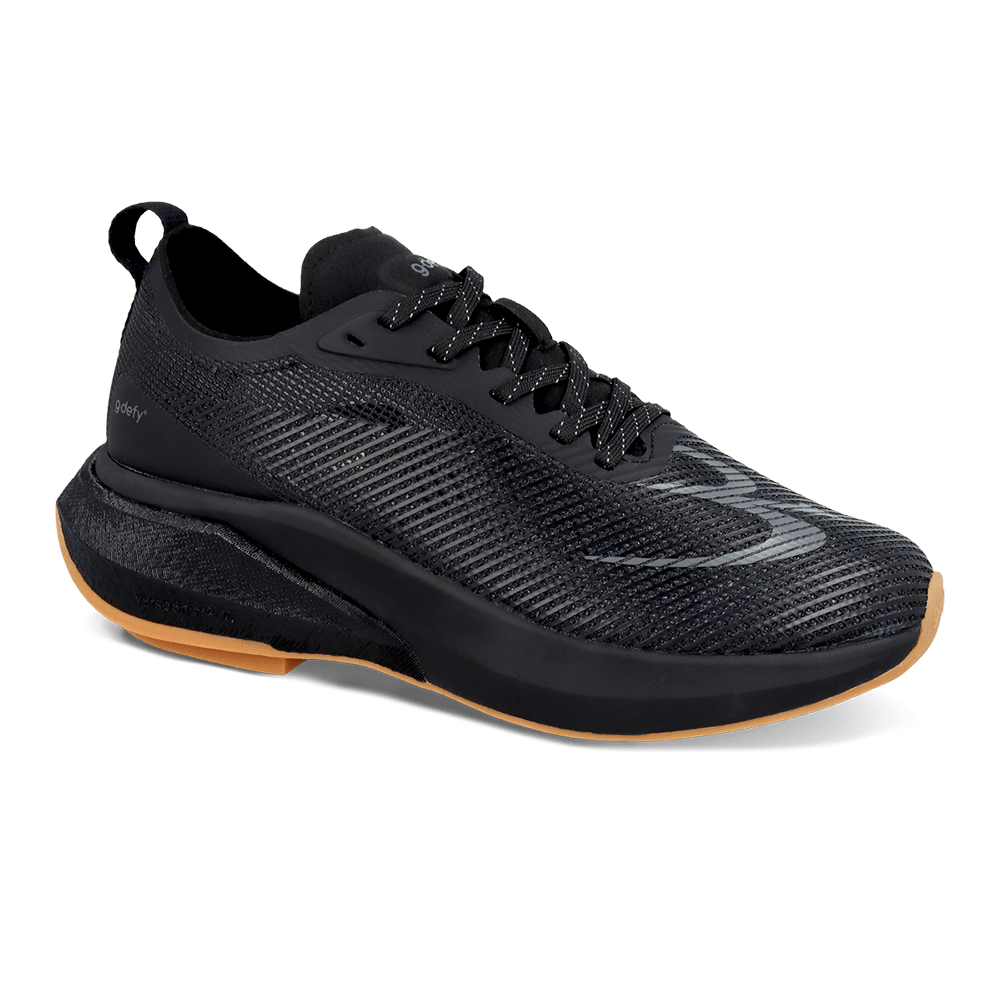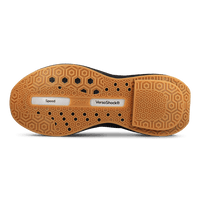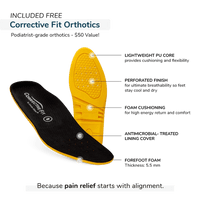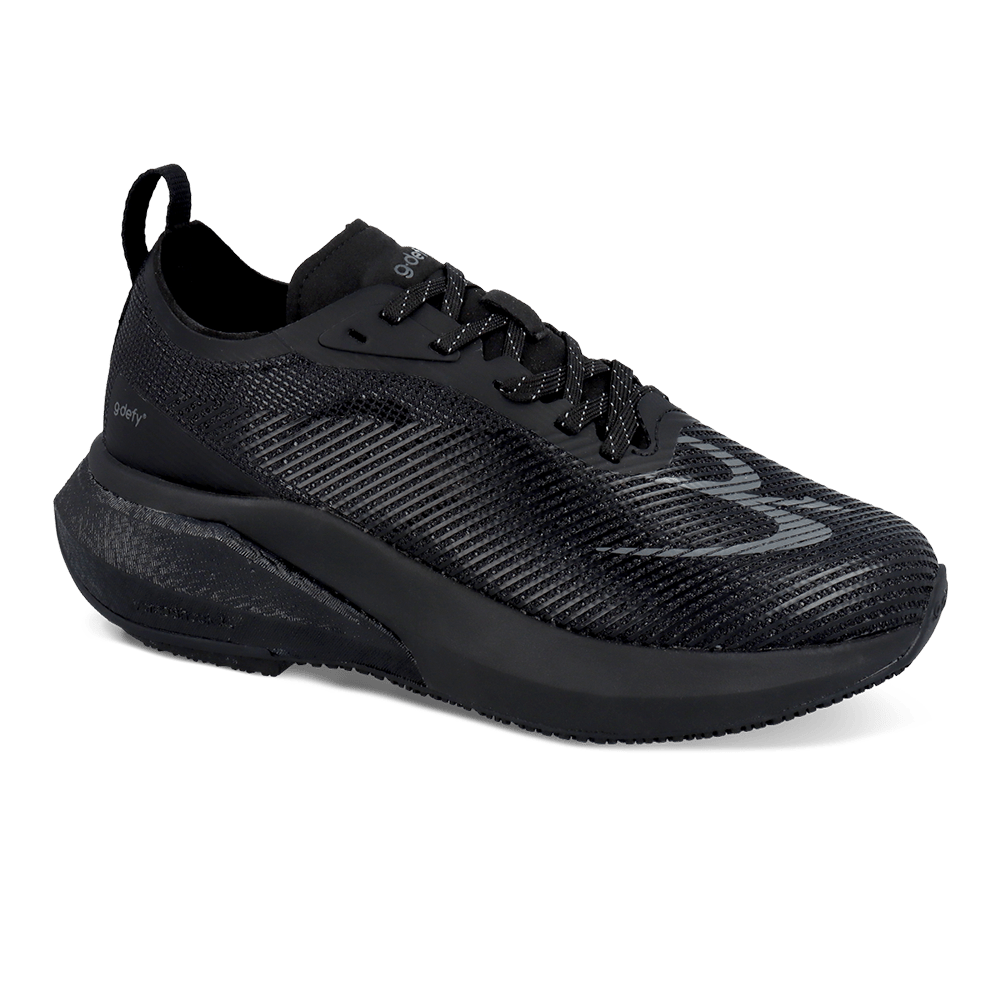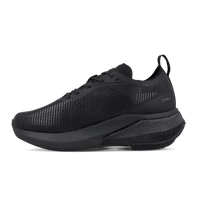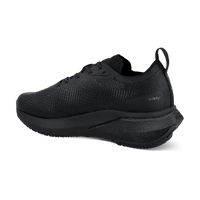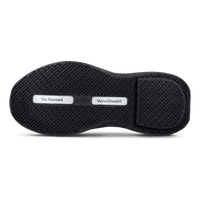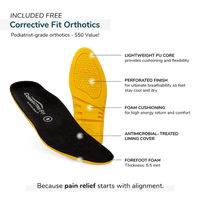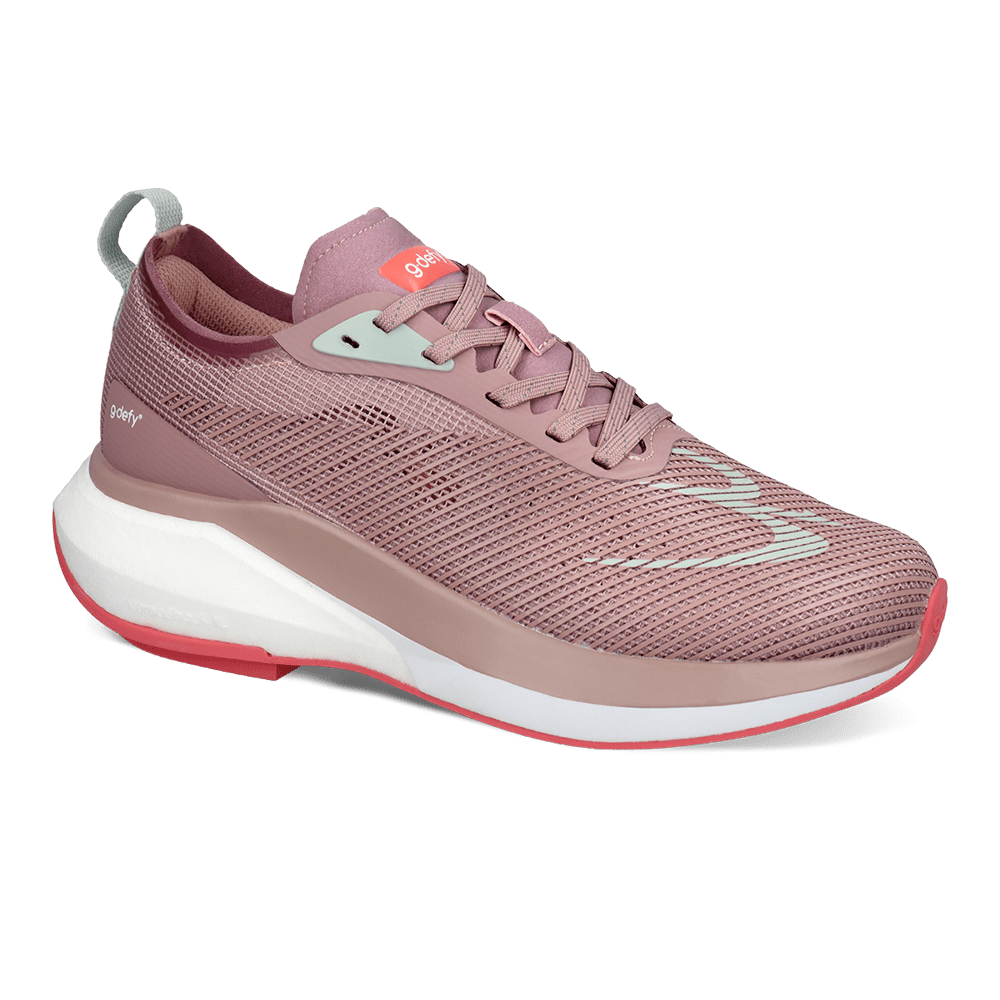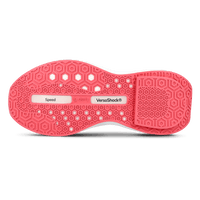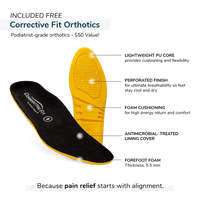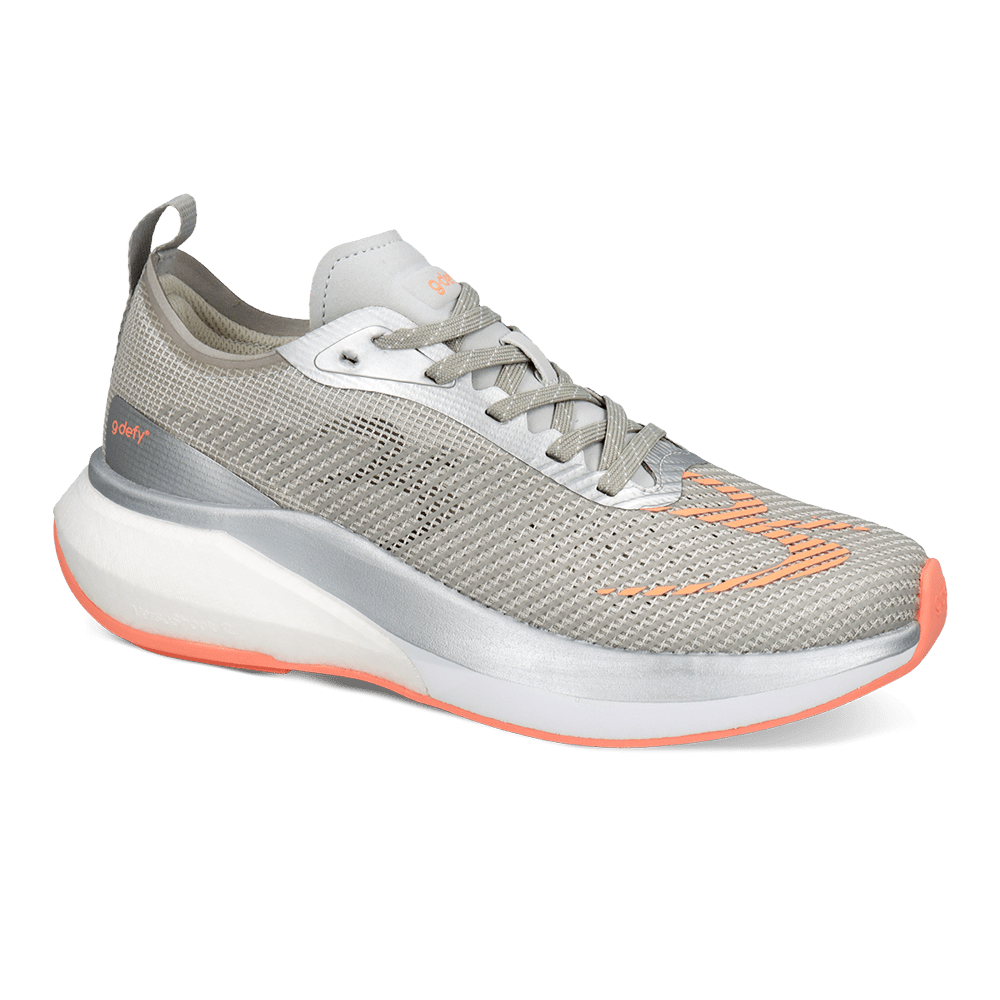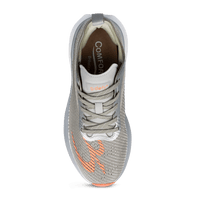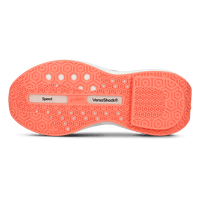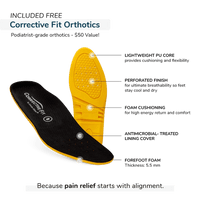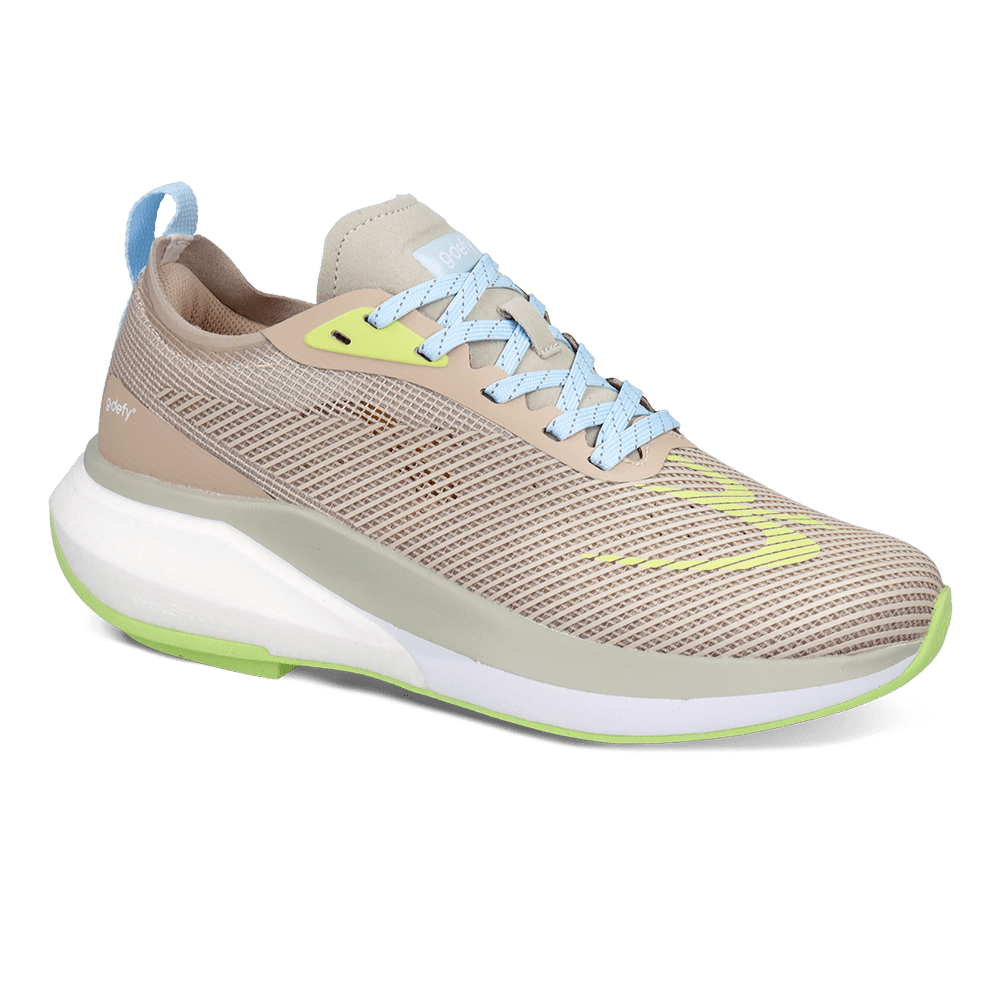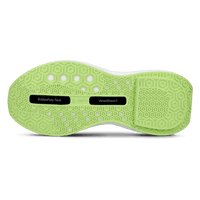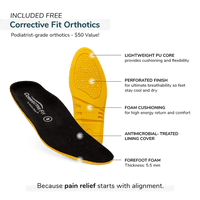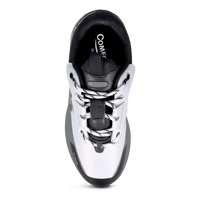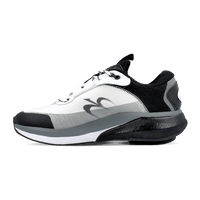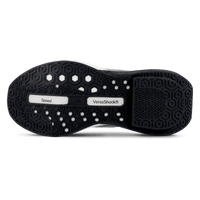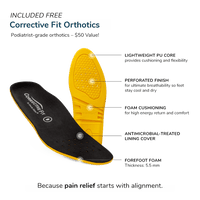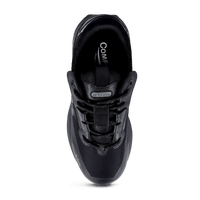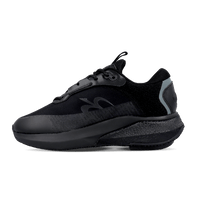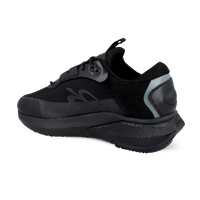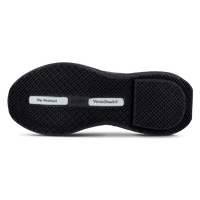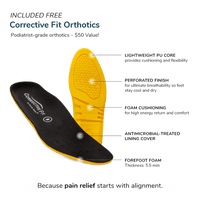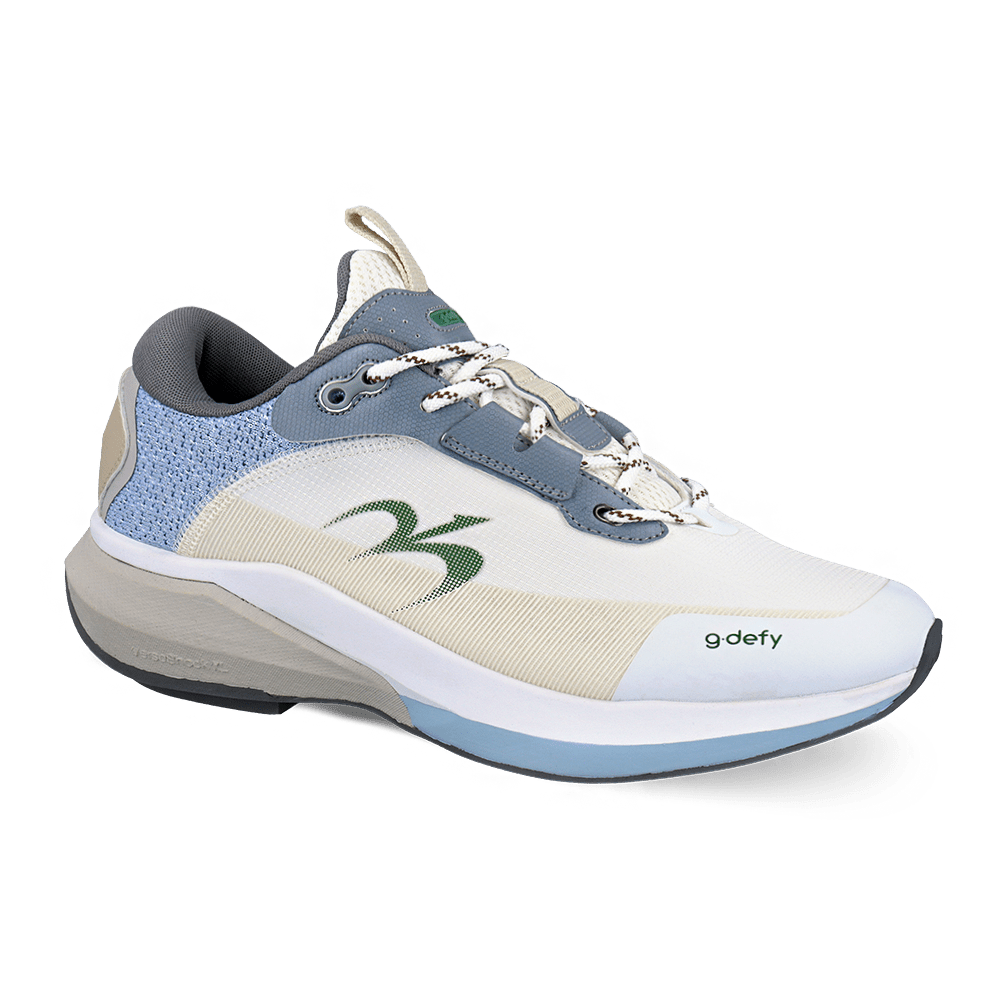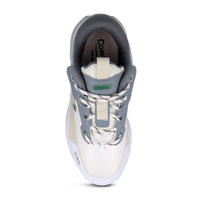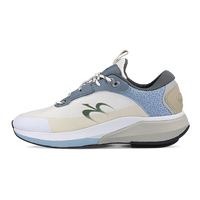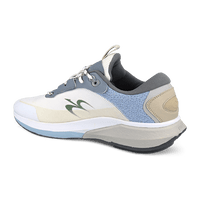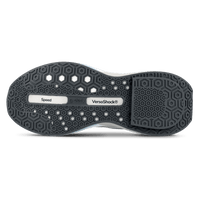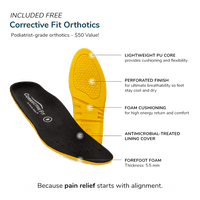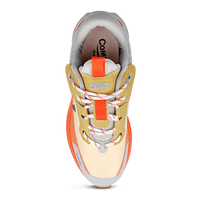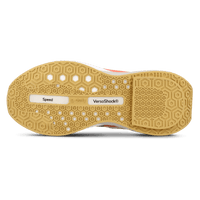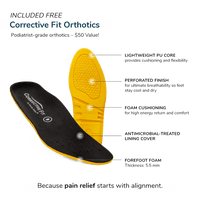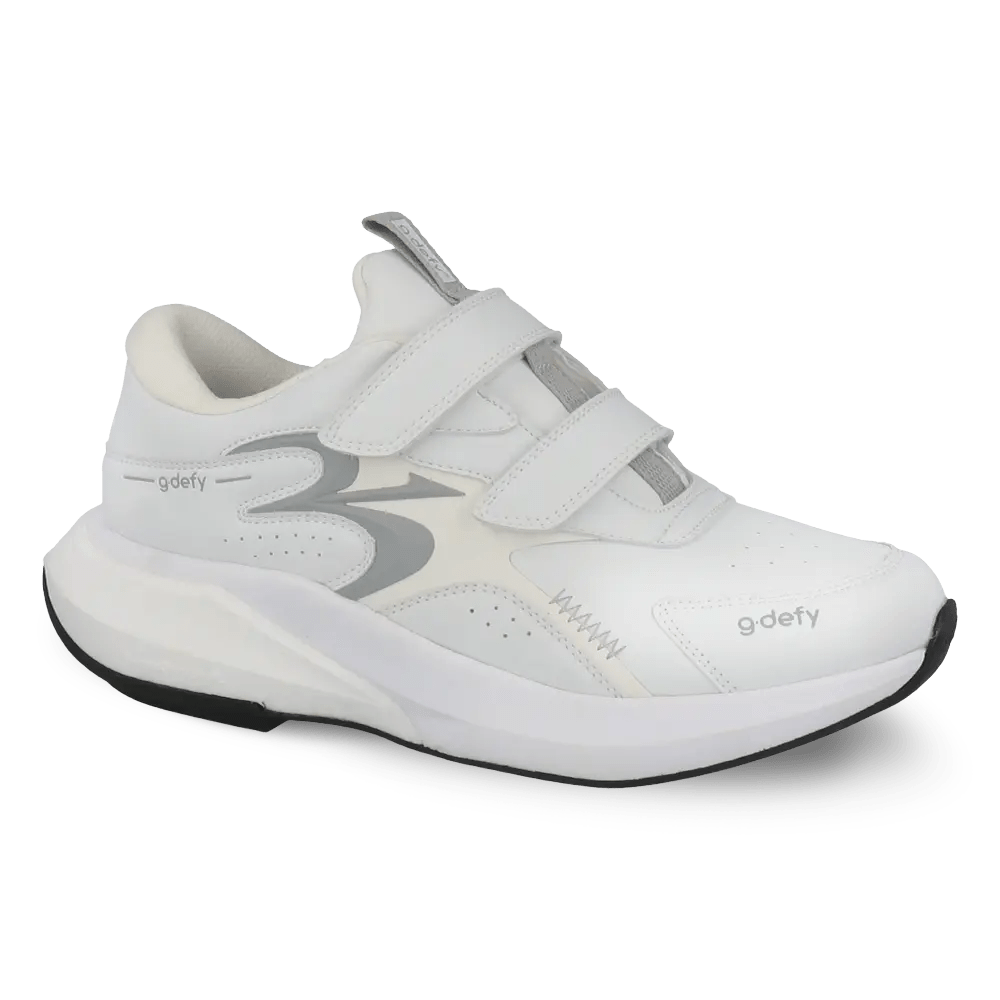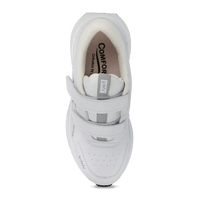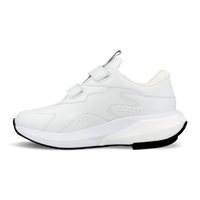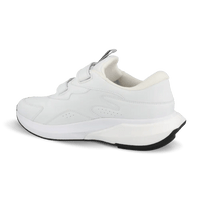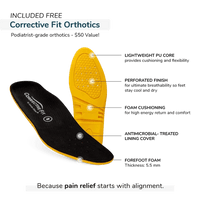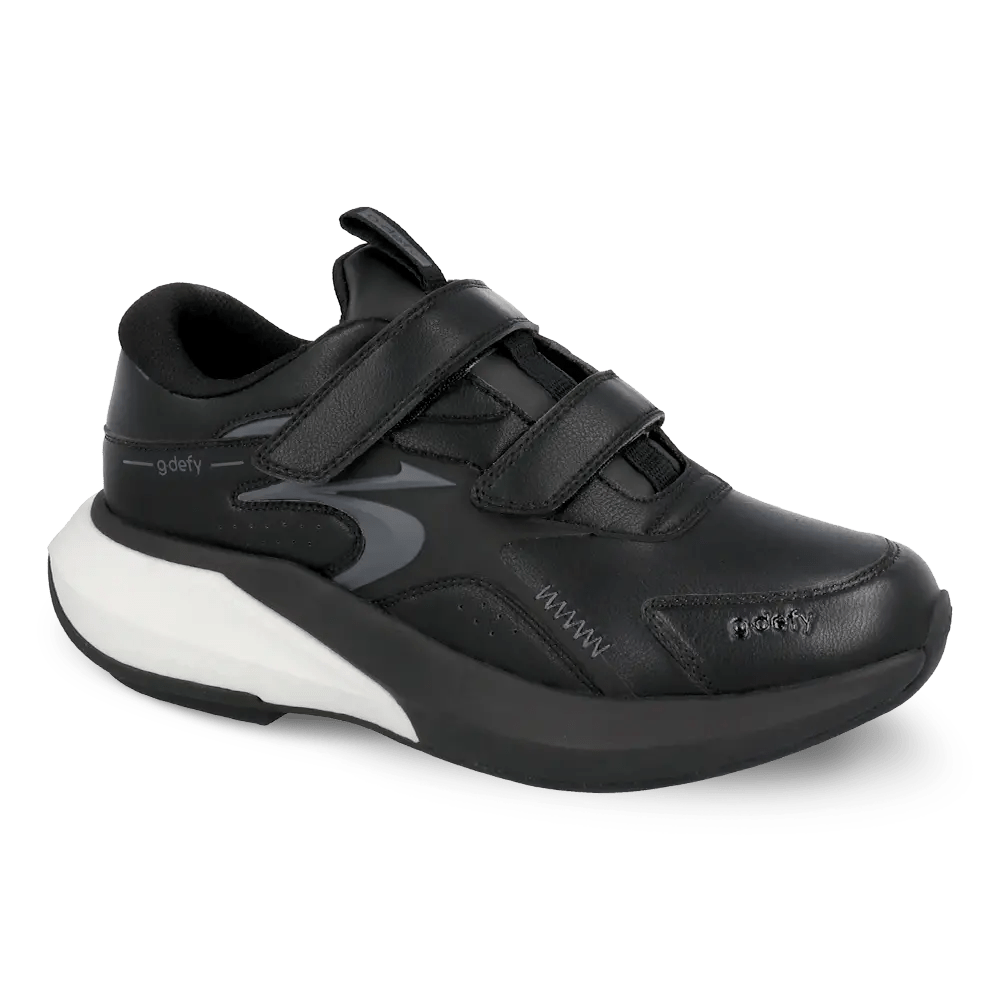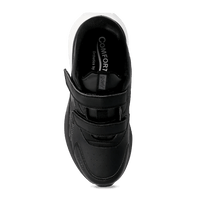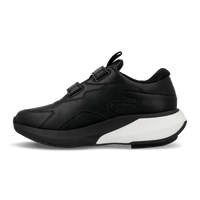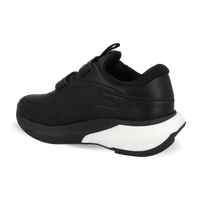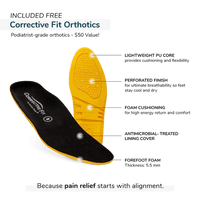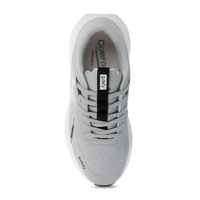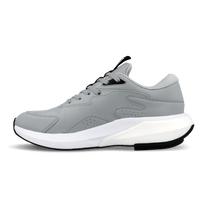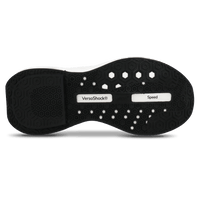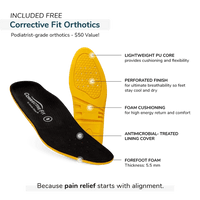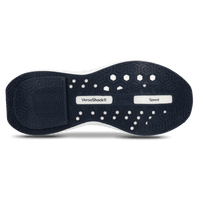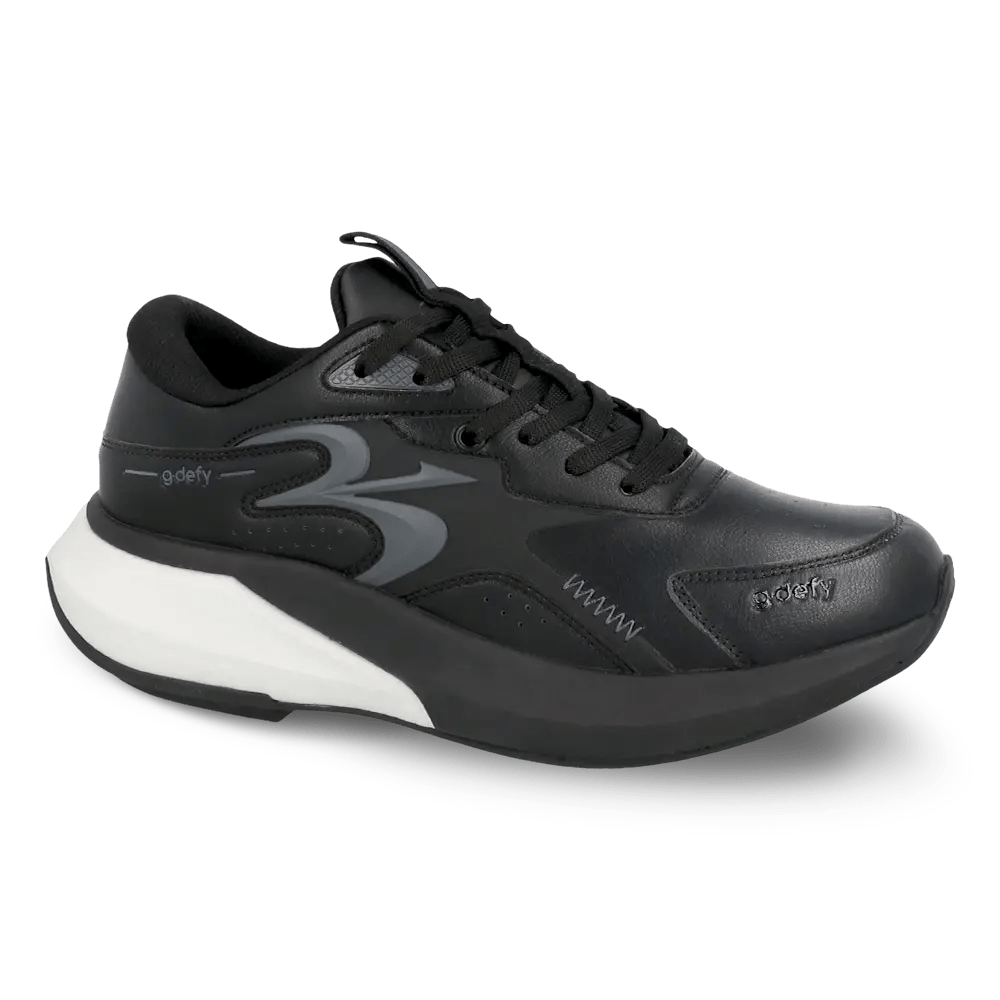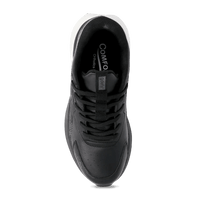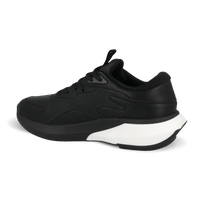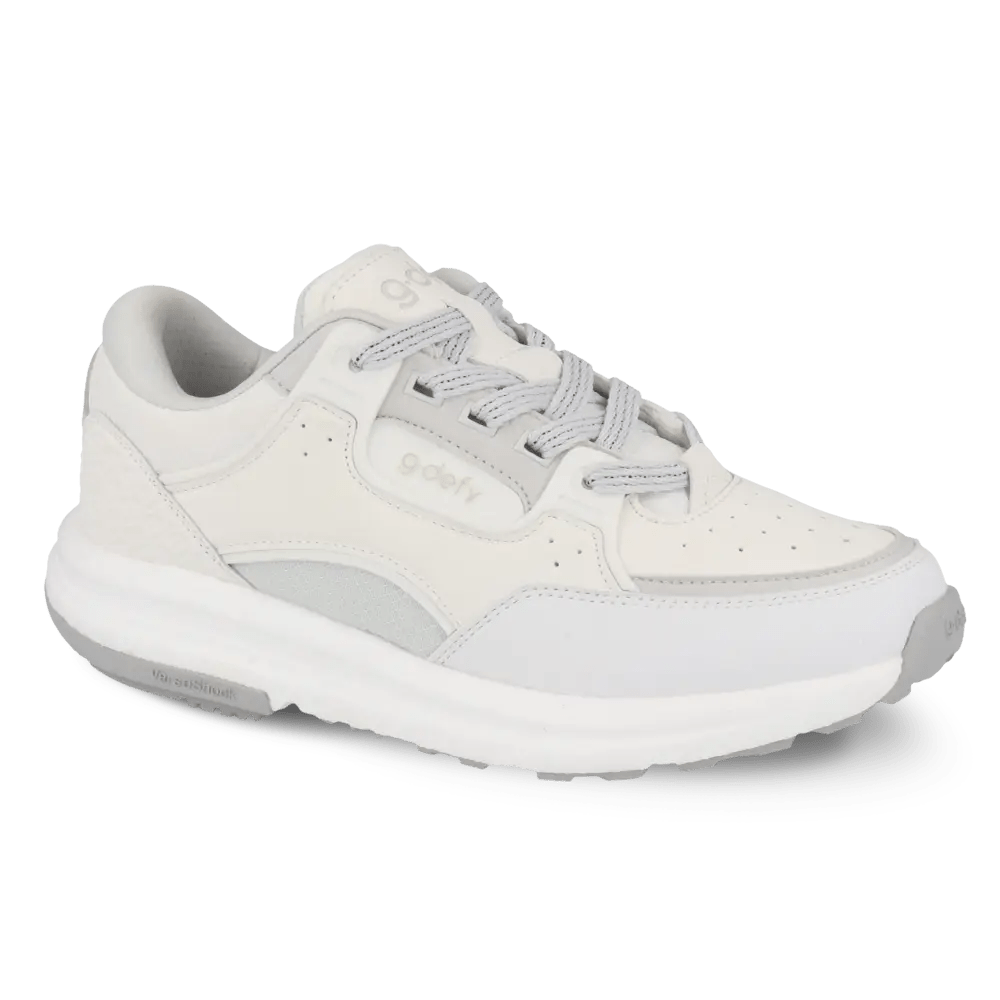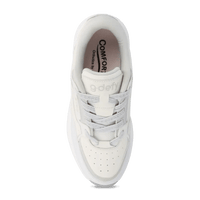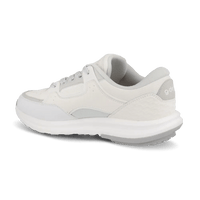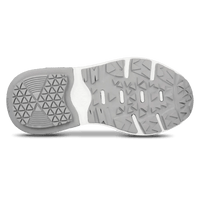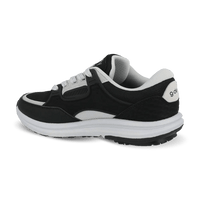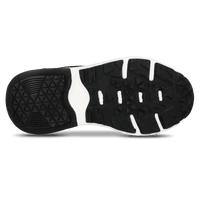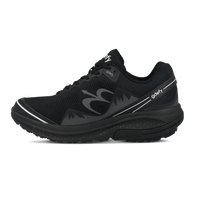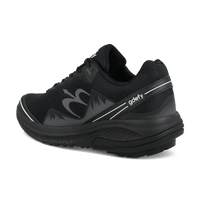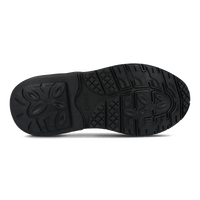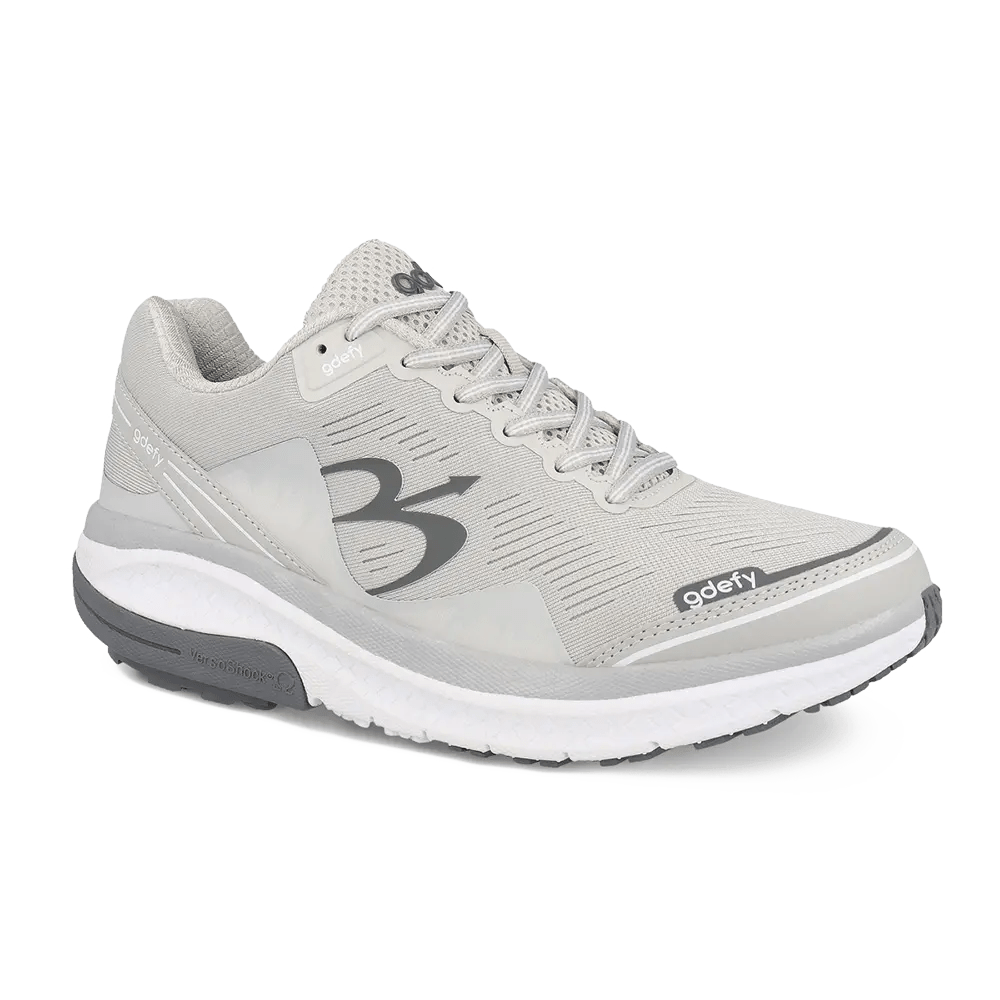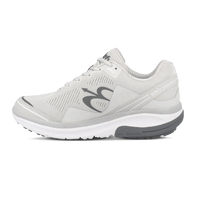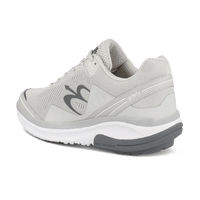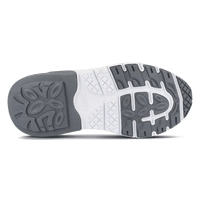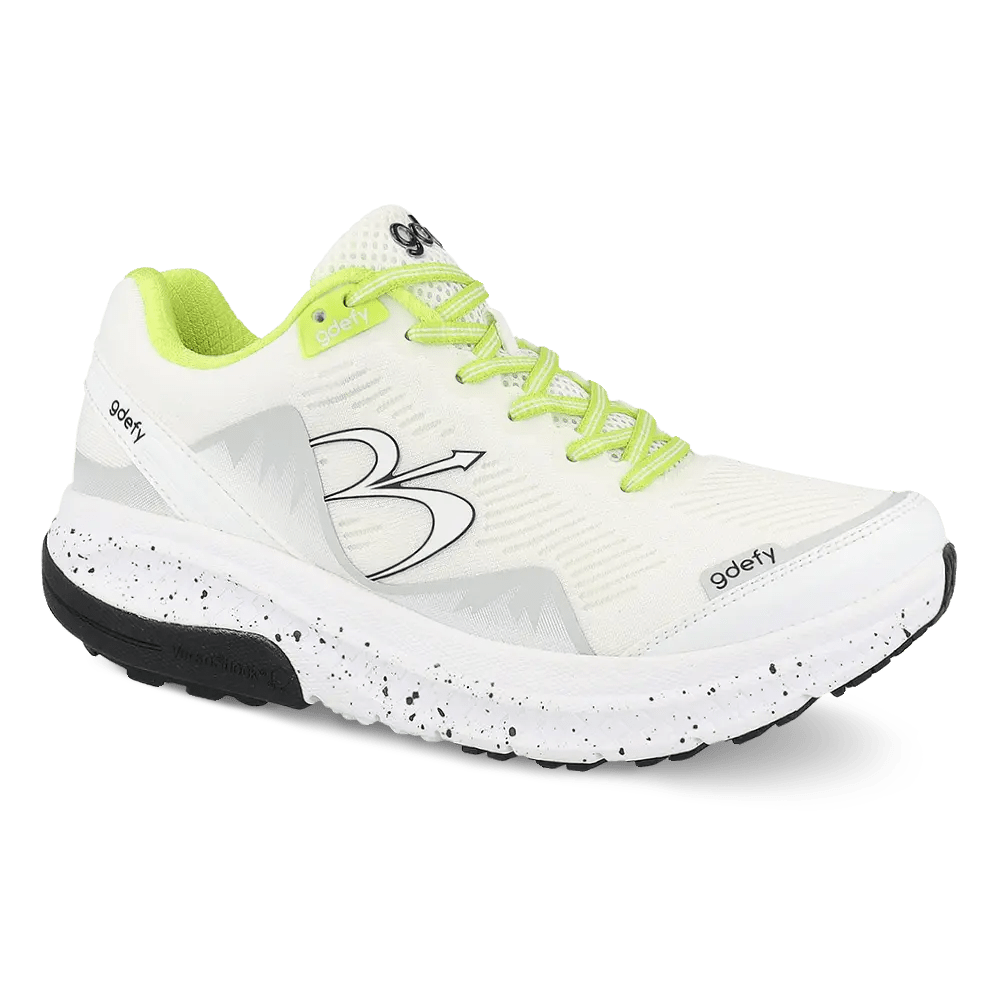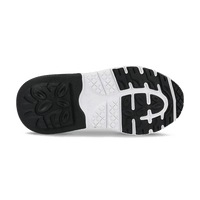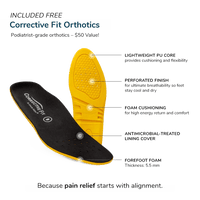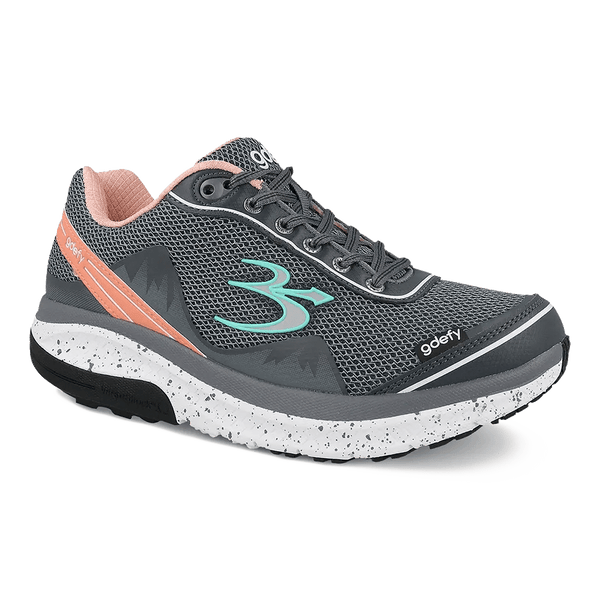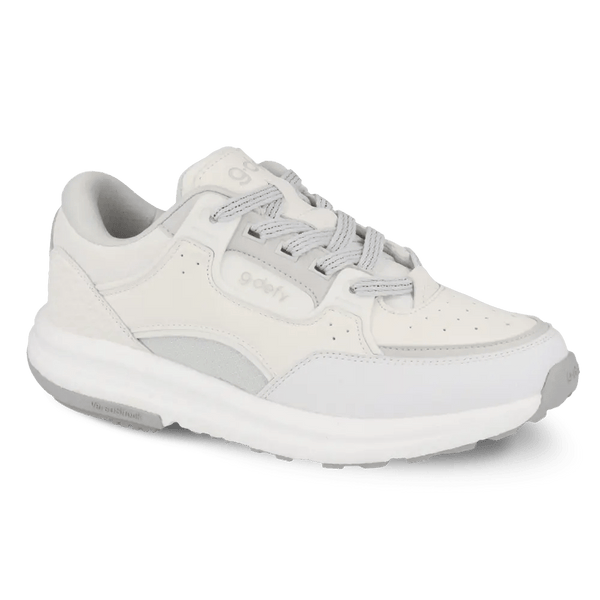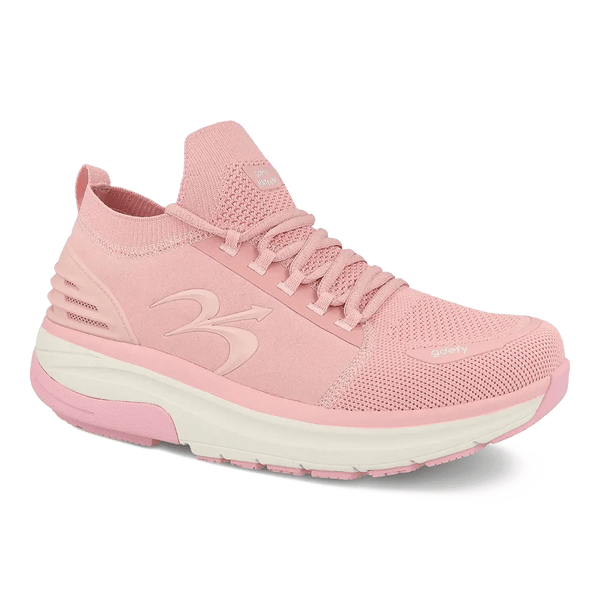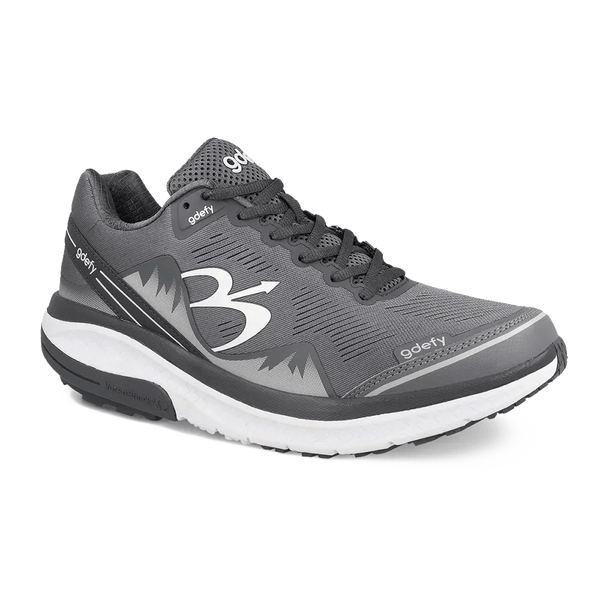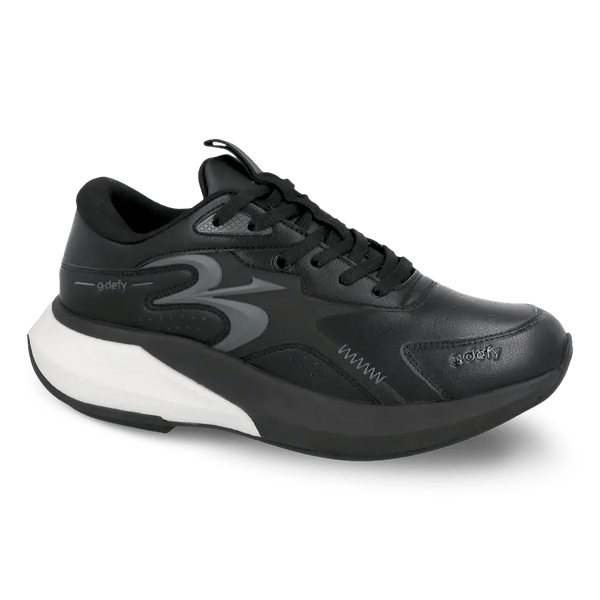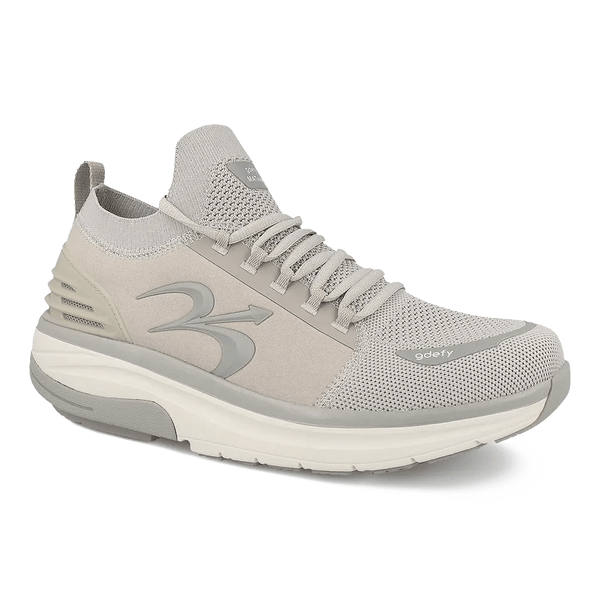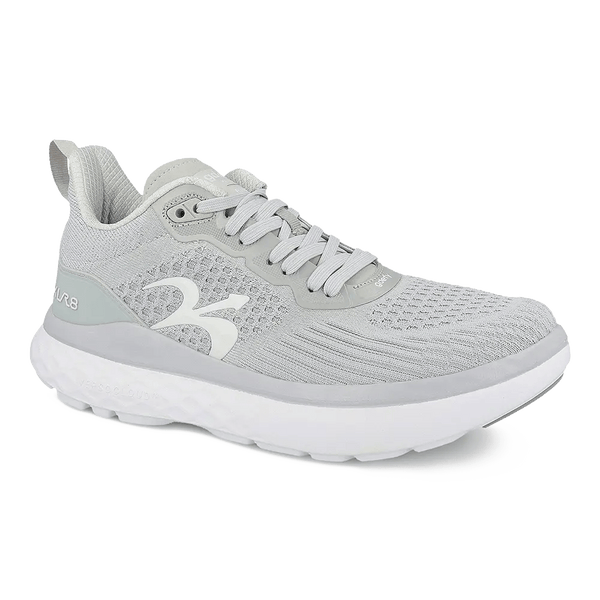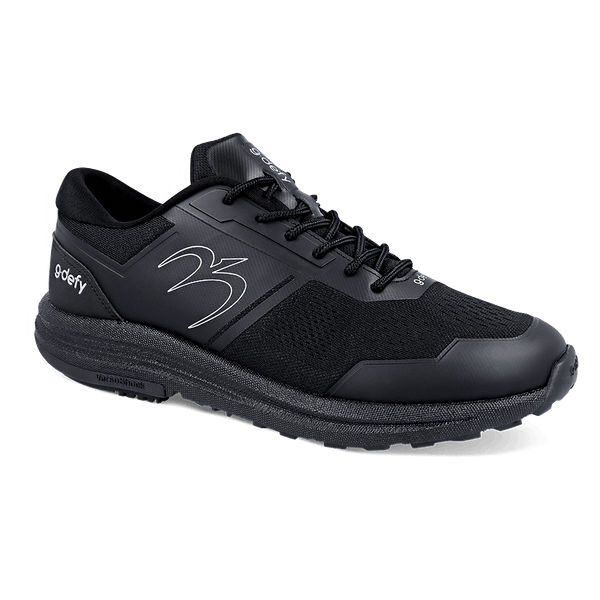May 26, 2025
Exploring Natural Remedies for Plantar Fasciitis
By Gdefy

Summary
Symptoms of Plantar Fasciitis
Common symptoms include sharp heel pain, especially in the morning or after prolonged periods of rest. The pain typically subsides with movement but can return after extended activity or rest. This cyclical nature of pain can be frustrating, often leading individuals to alter their daily routines to avoid discomfort. In some cases, the pain may extend beyond the heel, affecting the arch of the foot and even leading to compensatory issues in the knees or hips due to altered gait patterns.
How Long Does Plantar Fasciitis Last?
The duration of plantar fasciitis varies. Some individuals experience relief in a few months, while others may endure symptoms for a year or longer. The key is consistent treatment and preventive measures. Proactively addressing the condition with a combination of rest, therapy, and lifestyle modifications can significantly shorten recovery time. It's important to note that ignoring symptoms or delaying treatment can lead to chronic pain and more severe complications, emphasizing the importance of early intervention.
Natural Remedies for Plantar Fasciitis
If you're wondering, "How can I treat plantar fasciitis at home?" here are some effective natural remedies to consider. These methods focus on reducing inflammation, alleviating pain, and promoting healing through non-invasive approaches.
1. Stretching Exercises
Regular stretching exercises can help relieve tension in the plantar fascia. Stretching not only aids in relieving existing pain but also serves as a preventive measure by strengthening the muscles and tendons in your feet. Try these exercises:
- Calf Stretch: Stand facing a wall with one foot forward and one foot back. Keep your back leg straight and press your heel into the ground. Lean into the wall until you feel a stretch in your calf. This exercise helps to elongate the calf muscles, which can reduce tension on the plantar fascia.
- Toe Stretch: Sit on a chair and cross one leg over the other. Gently pull your toes back towards your shin to stretch the bottom of your foot. This stretch targets the plantar fascia directly, enhancing flexibility and reducing pain over time.
2. Ice Therapy
Applying ice to the affected area can reduce inflammation and numb pain. It is one of the most straightforward and effective methods for immediate relief. Wrap an ice pack in a cloth and apply it to the heel for 15-20 minutes, several times a day. This simple remedy can provide significant relief by constricting blood vessels and decreasing blood flow to the area, which helps reduce swelling.
3. Massage
Massaging the foot can enhance blood circulation and reduce tension in the plantar fascia. Regular massage not only alleviates pain but also improves overall foot health by promoting relaxation and reducing stiffness. Use your fingers or a tennis ball to gently massage the arch of your foot, applying moderate pressure. Consistent massage can break down adhesions and scar tissue, facilitating a smoother recovery.
4. Footwear Adjustments
Wearing supportive shoes with adequate arch support and cushioning can alleviate pressure on the plantar fascia. Choosing the right footwear is crucial as it provides the foundation for your entire body. Avoid walking barefoot on hard surfaces, and consider using orthotic inserts for added support. Custom orthotics can provide personalized support, aligning your feet correctly and minimizing strain on the plantar fascia.
5. Essential Oils
Some essential oils, such as lavender and eucalyptus, have anti-inflammatory properties. These oils not only soothe pain but also offer a calming effect, which can be beneficial for overall stress reduction. Mix a few drops with a carrier oil and massage the mixture into the affected area to soothe pain and inflammation. Regular application can enhance relaxation and promote healing by improving circulation and reducing muscle tension.
Holistic Approaches to Healing
In addition to the above remedies, consider these holistic treatments for a comprehensive approach to managing plantar fasciitis. These methods focus on overall well-being, addressing not only physical symptoms but also mental and emotional health.
1. Acupuncture
Acupuncture involves inserting thin needles into specific points on the body to relieve pain and promote healing. This ancient practice is believed to balance the body's energy, or Qi, facilitating natural healing processes. Studies suggest that acupuncture may be effective in reducing plantar fasciitis pain and improving function by stimulating nerve endings and promoting the release of pain-relieving chemicals in the body.
2. Yoga
Yoga can improve flexibility and strengthen the muscles in your feet and legs, reducing the strain on your plantar fascia. It encourages mindfulness and body awareness, which can be beneficial in managing chronic pain. Incorporate poses like Downward Dog and Warrior II into your routine. These poses stretch and strengthen the lower body, promoting balance and reducing the risk of injury.
3. Diet and Nutrition
A balanced diet rich in anti-inflammatory foods can support your body's healing process. Proper nutrition not only aids in recovery but also supports overall health and well-being. Include foods high in omega-3 fatty acids, such as salmon and walnuts, as well as fruits and vegetables like berries and spinach. These foods provide essential nutrients that combat inflammation and promote tissue repair.
4. Herbal Supplements
Certain herbal supplements, such as turmeric and ginger, have anti-inflammatory effects. These natural remedies can be a valuable addition to your treatment plan, offering relief without the side effects of conventional medications. Consult with a healthcare professional before adding any supplements to your regimen to ensure they are appropriate for your specific health needs.
When to Seek Professional Help
While natural remedies can be effective, it's essential to seek professional advice if your symptoms persist or worsen. Early intervention by a healthcare professional can prevent complications and provide targeted treatments. A healthcare provider can diagnose the condition accurately and recommend appropriate treatment options, ensuring you receive comprehensive care.
Pain Meds for Plantar Fasciitis
In some cases, over-the-counter pain medications like ibuprofen or naproxen may be necessary to manage pain and inflammation. These medications can provide temporary relief, allowing you to engage in other therapeutic activities. Always follow the recommended dosage and consult with a healthcare professional if needed to avoid potential side effects or interactions with other medications.
Alternative Treatments
Alternative treatments, such as physical therapy or custom orthotics, may be recommended by your healthcare provider. These interventions can provide additional support and promote healing. Physical therapy can offer targeted exercises and modalities to enhance recovery, while custom orthotics provide personalized support to alleviate strain on the plantar fascia.
Conclusion
Plantar fasciitis can be a challenging condition, but with the right combination of natural remedies and holistic approaches, you can find relief and improve your quality of life. Embracing a proactive approach to treatment not only addresses current symptoms but also prevents future occurrences. Remember to be patient and consistent with your treatment plan, and consult a healthcare professional if necessary. By exploring these natural remedies for plantar fasciitis, you can take proactive steps towards healing and managing your condition effectively, ensuring a healthier, pain-free future.



